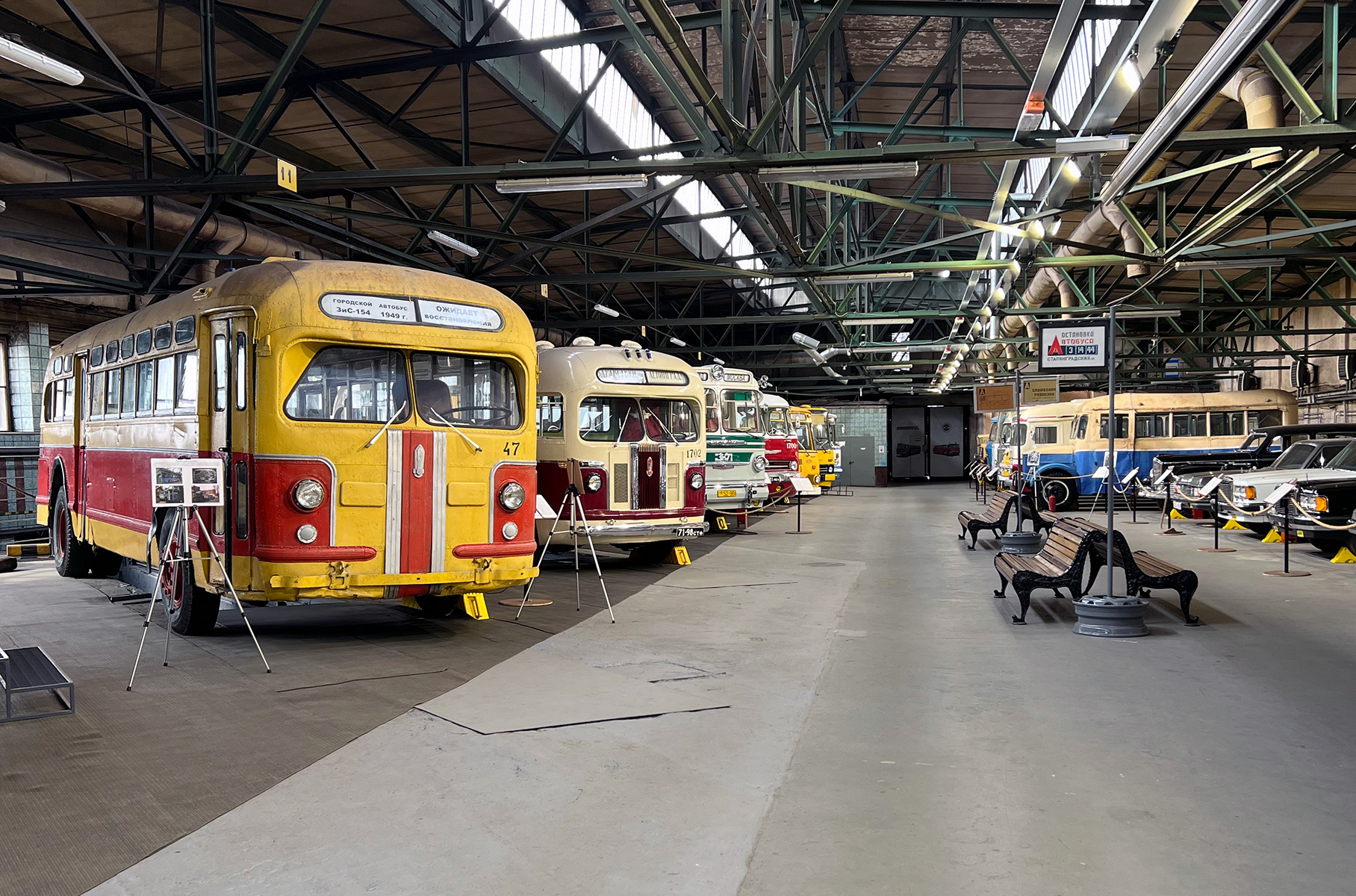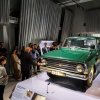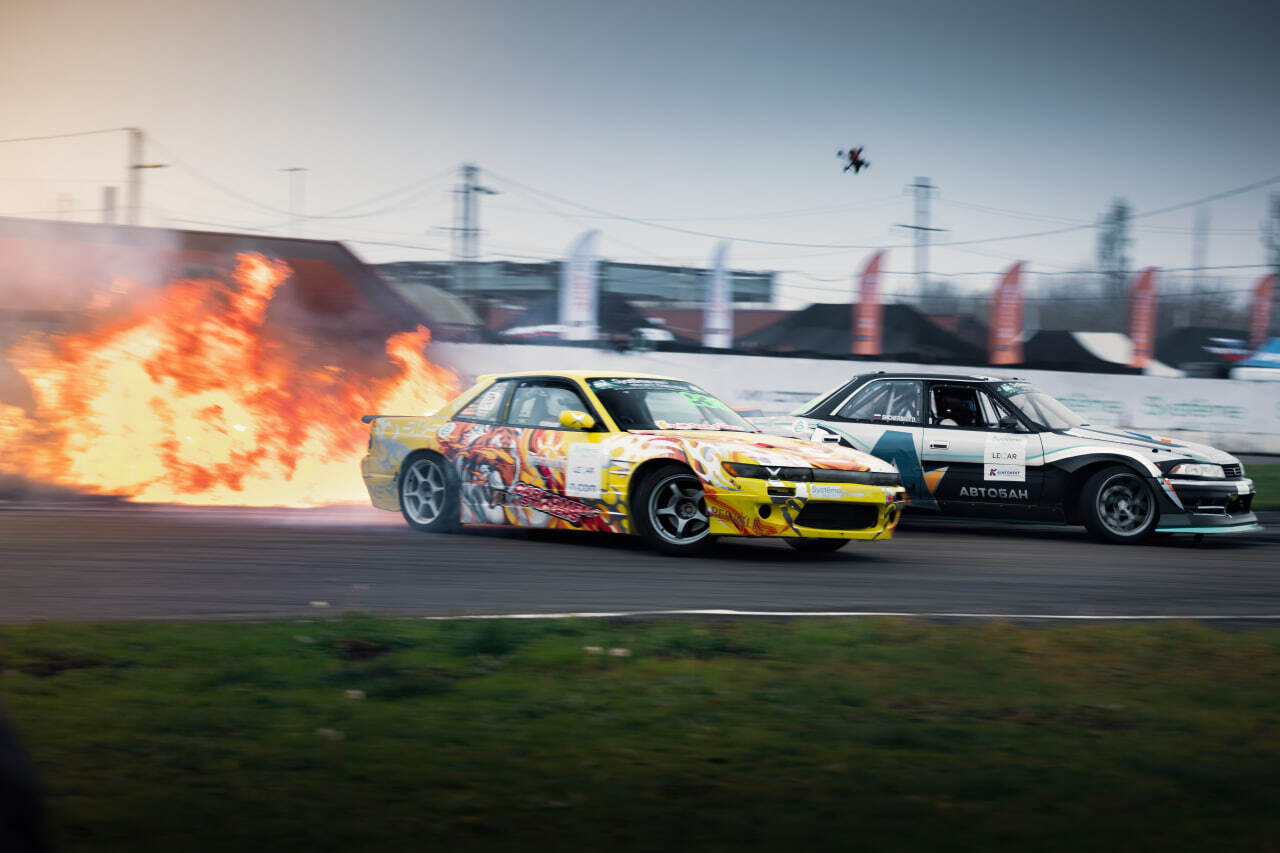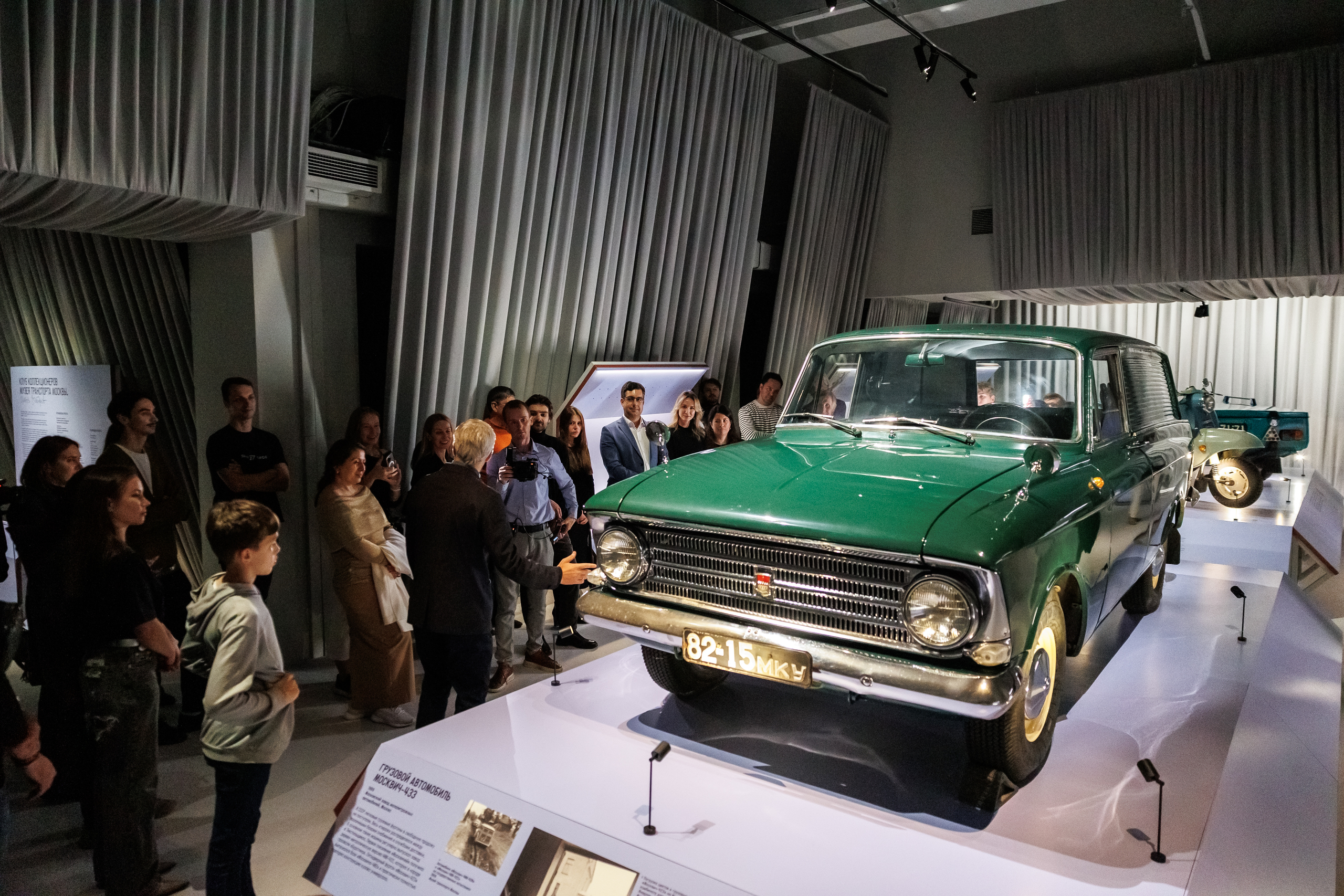Last time, we talked about buses and trucks in the collection of the Center for the History of Leningrad Road Transport. Gallery with them [можно посмотреть здесь](https://motor.ru/reports/leningrad-transport.htm). And today we offer to look at cars. Recall that you can only visit the museum [по предварительной записи](https://busmuseum.ru/) on an excursion: there are three per day, and the museum works three days a week. Visitors are met at the passage from the barbed lane. Be sure to take a passport with you.
Motor.ru 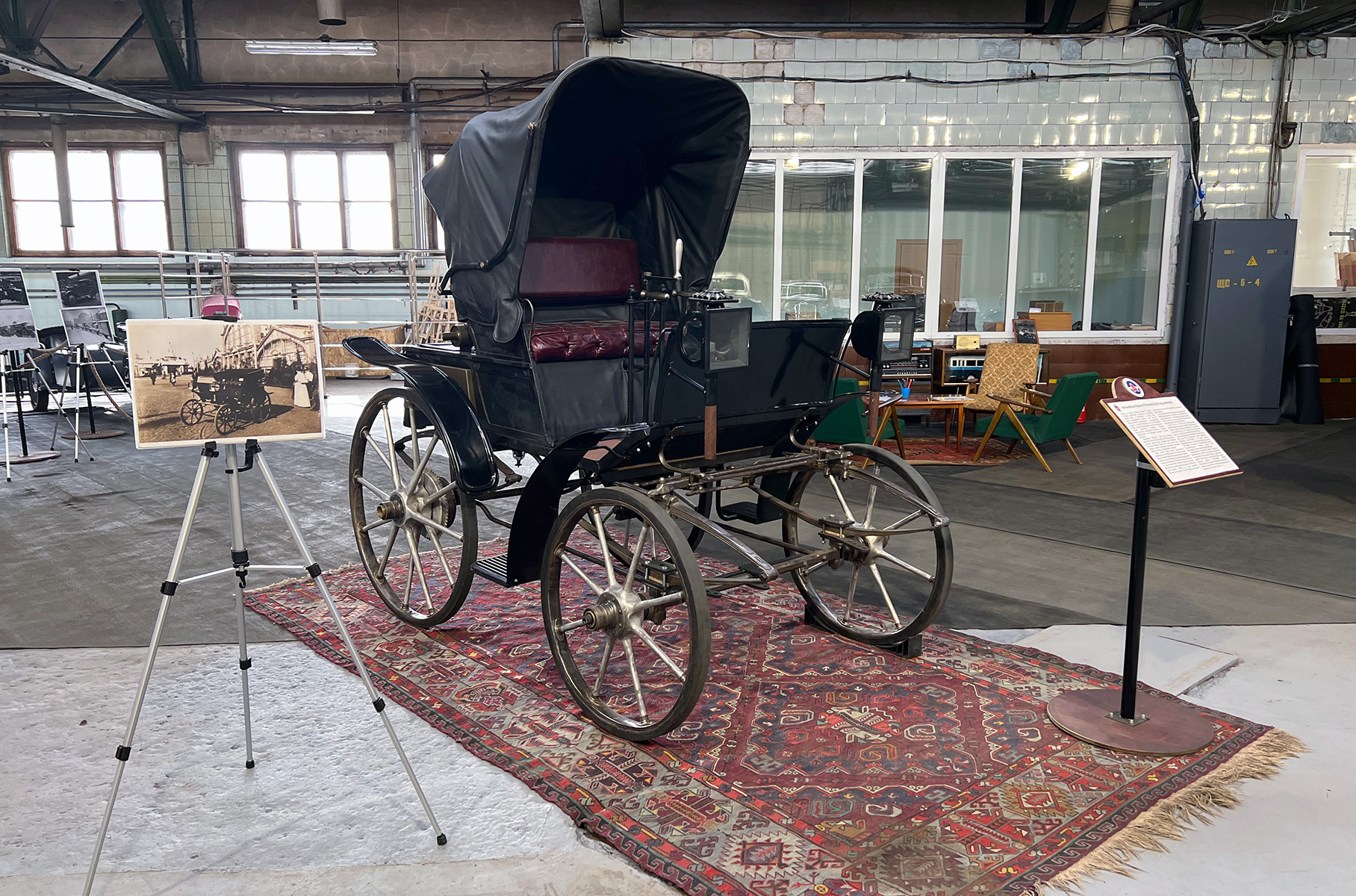 This is a replica of the very first Russian car, created in 1896 by Peter Freze and Evgeny Yakovlev. The creators were inspired by the Benz Velo model, which was introduced at the World Exhibition in Chicago in 1893. The reconstruction of the early car began back in the 1980s. Now it is driven by an electric motor.
This is a replica of the very first Russian car, created in 1896 by Peter Freze and Evgeny Yakovlev. The creators were inspired by the Benz Velo model, which was introduced at the World Exhibition in Chicago in 1893. The reconstruction of the early car began back in the 1980s. Now it is driven by an electric motor.
Motor.ru 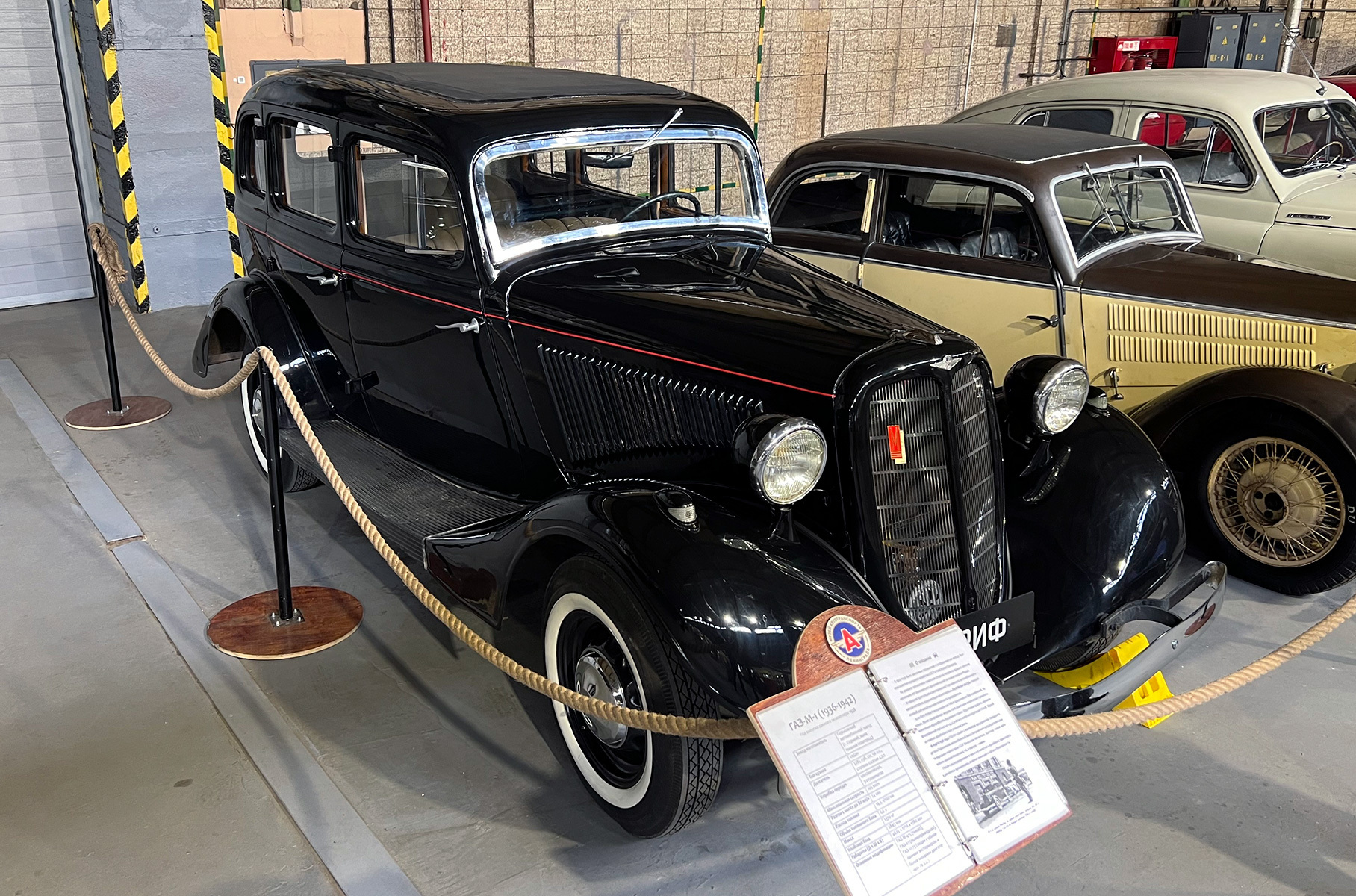 GAZ M-1 was produced in Gorky from 1936 to 1942. This copy is 1938. Under the license, the plant received technical documentation at the Ford Model 40-730, but the engineers did not want to copy the American sedan, as in the time, the engineers did not have the experience of the production and operation of gas of A. on the basis of the Ford Model with an enhanced frame. The gasoline engine with a volume of 3.3 liters developed 50 hp. And allowed the sedan to accelerate to 105 km/h. We highly recommend reading [статью](https://motor.ru/stories/gazm1.htm) Ilya Frolov about Emke.
GAZ M-1 was produced in Gorky from 1936 to 1942. This copy is 1938. Under the license, the plant received technical documentation at the Ford Model 40-730, but the engineers did not want to copy the American sedan, as in the time, the engineers did not have the experience of the production and operation of gas of A. on the basis of the Ford Model with an enhanced frame. The gasoline engine with a volume of 3.3 liters developed 50 hp. And allowed the sedan to accelerate to 105 km/h. We highly recommend reading [статью](https://motor.ru/stories/gazm1.htm) Ilya Frolov about Emke.
Motor.ru 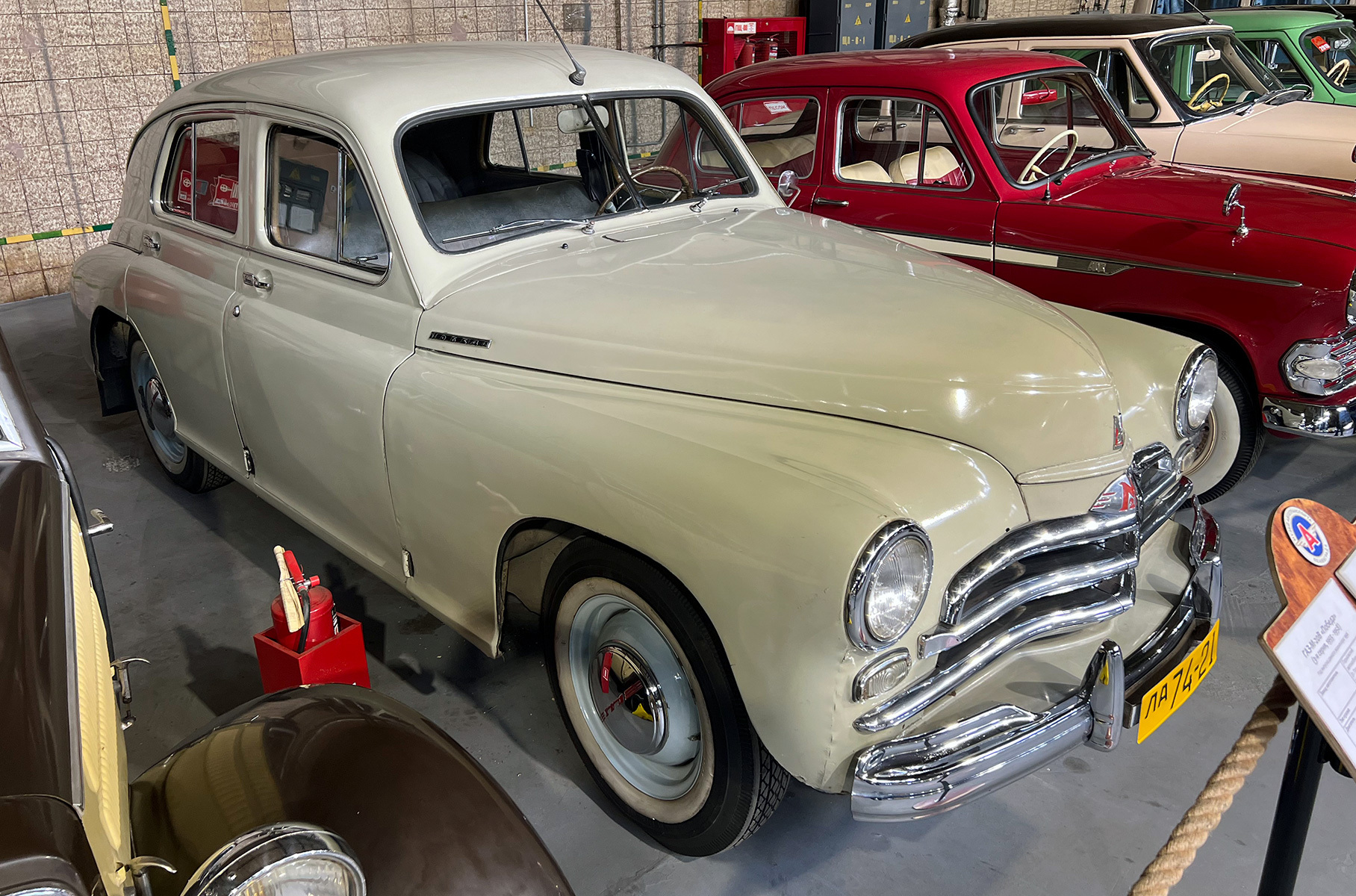 Victory GAZ M-20, perhaps, is one of the main Soviet cars. Everything is well known about him, but some facts still surprise. Firstly, the model was developed during the war, in less than two years-by November 1944. At this time, the first prototype was ready. Secondly, the Victory design was so innovative that by the beginning of the serial issue in June 1946 the model did not have a direct analogue in the world. The “pontoon” body with integrated front wings was the first one of its kind. In the photo late gas M-20 of the third series, 1956 of the release (production ended in 1958). The post-war national economy could not satisfy the thirst for 6-cylinder cars for gasoline, so the prestigious victory was content with a 4-cylinder engine of 52 hp. (2.1 l) and accelerated to 100 km/h in 45 seconds. But still accelerated!
Victory GAZ M-20, perhaps, is one of the main Soviet cars. Everything is well known about him, but some facts still surprise. Firstly, the model was developed during the war, in less than two years-by November 1944. At this time, the first prototype was ready. Secondly, the Victory design was so innovative that by the beginning of the serial issue in June 1946 the model did not have a direct analogue in the world. The “pontoon” body with integrated front wings was the first one of its kind. In the photo late gas M-20 of the third series, 1956 of the release (production ended in 1958). The post-war national economy could not satisfy the thirst for 6-cylinder cars for gasoline, so the prestigious victory was content with a 4-cylinder engine of 52 hp. (2.1 l) and accelerated to 100 km/h in 45 seconds. But still accelerated!
Motor.ru 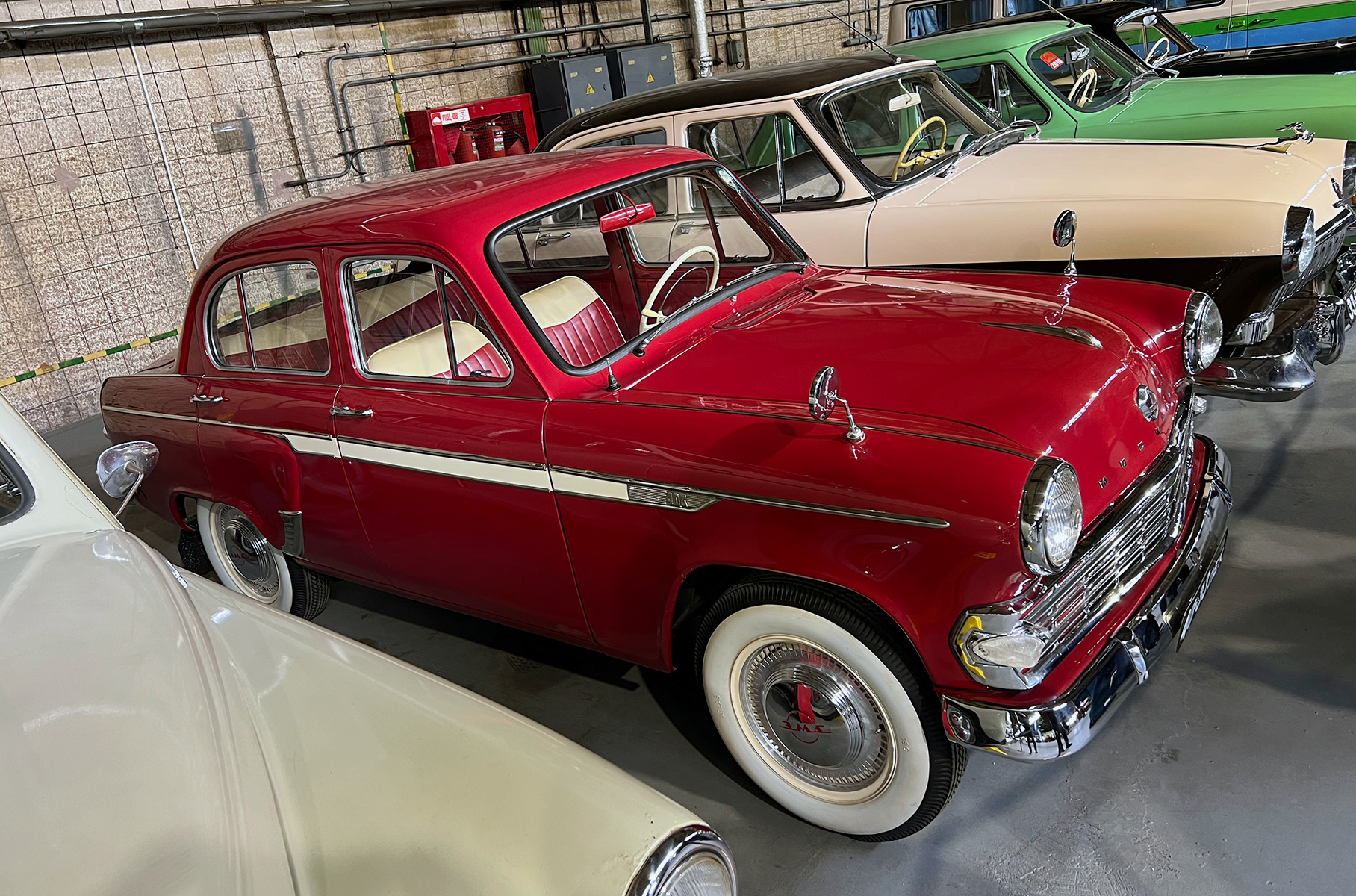 The Moskvich 403 index can be misleading: this model was produced for less than three years from 1962 to 1965 and was transitional from 407 to 408. and received unoccupied designation 403. The production of the 408th Muscovite was delayed, and the factory workers tried to reduce simple equipment, and at the same time establish at least part of the machines. So Moskvich 403 appeared with an old body, but with a completely new subframe on which the power unit, front suspension and steering from the future model 408 were installed, the production of which launched in 1964.
The Moskvich 403 index can be misleading: this model was produced for less than three years from 1962 to 1965 and was transitional from 407 to 408. and received unoccupied designation 403. The production of the 408th Muscovite was delayed, and the factory workers tried to reduce simple equipment, and at the same time establish at least part of the machines. So Moskvich 403 appeared with an old body, but with a completely new subframe on which the power unit, front suspension and steering from the future model 408 were installed, the production of which launched in 1964.
Motor.ru 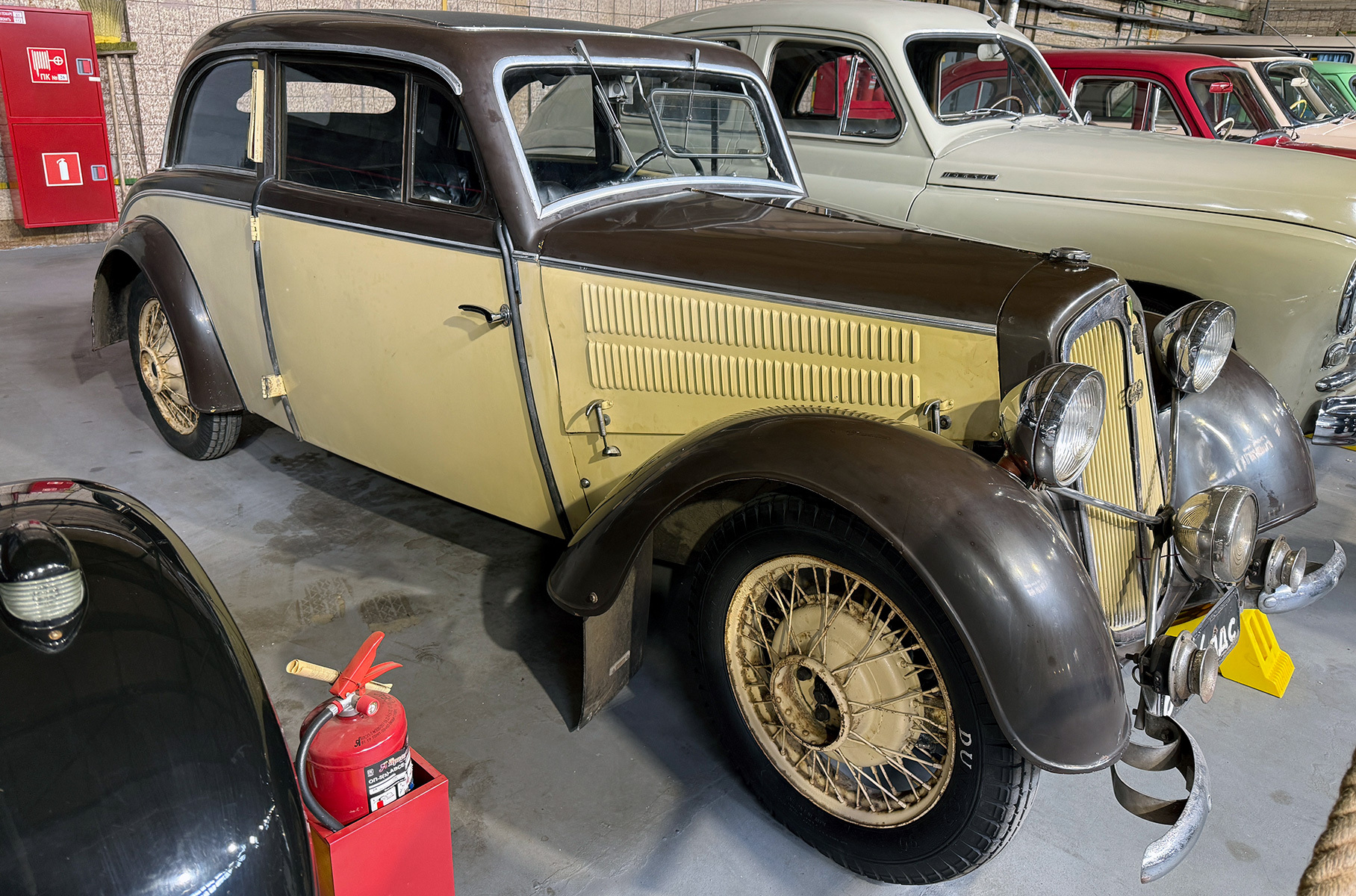 The German DKW F8 of 1939 was flooded into a series of Soviet cars. Its gasoline two -cylinder and two -stroke motor with a volume of 0.7 liters developed 20 hp, and the gearbox was three -stage. The DKW plant in Zvikkau ended up in the Soviet occupation zone, and the production of the F8 model, stopped in 1942, was resumed in 1948. The machine was produced until 1955, only in 1953, replacing the textile sheathing of a wooden body of the body with a fool of the thunder-an analogue of plastic of those times as on Trabant cars.
The German DKW F8 of 1939 was flooded into a series of Soviet cars. Its gasoline two -cylinder and two -stroke motor with a volume of 0.7 liters developed 20 hp, and the gearbox was three -stage. The DKW plant in Zvikkau ended up in the Soviet occupation zone, and the production of the F8 model, stopped in 1942, was resumed in 1948. The machine was produced until 1955, only in 1953, replacing the textile sheathing of a wooden body of the body with a fool of the thunder-an analogue of plastic of those times as on Trabant cars.
Motor.ru 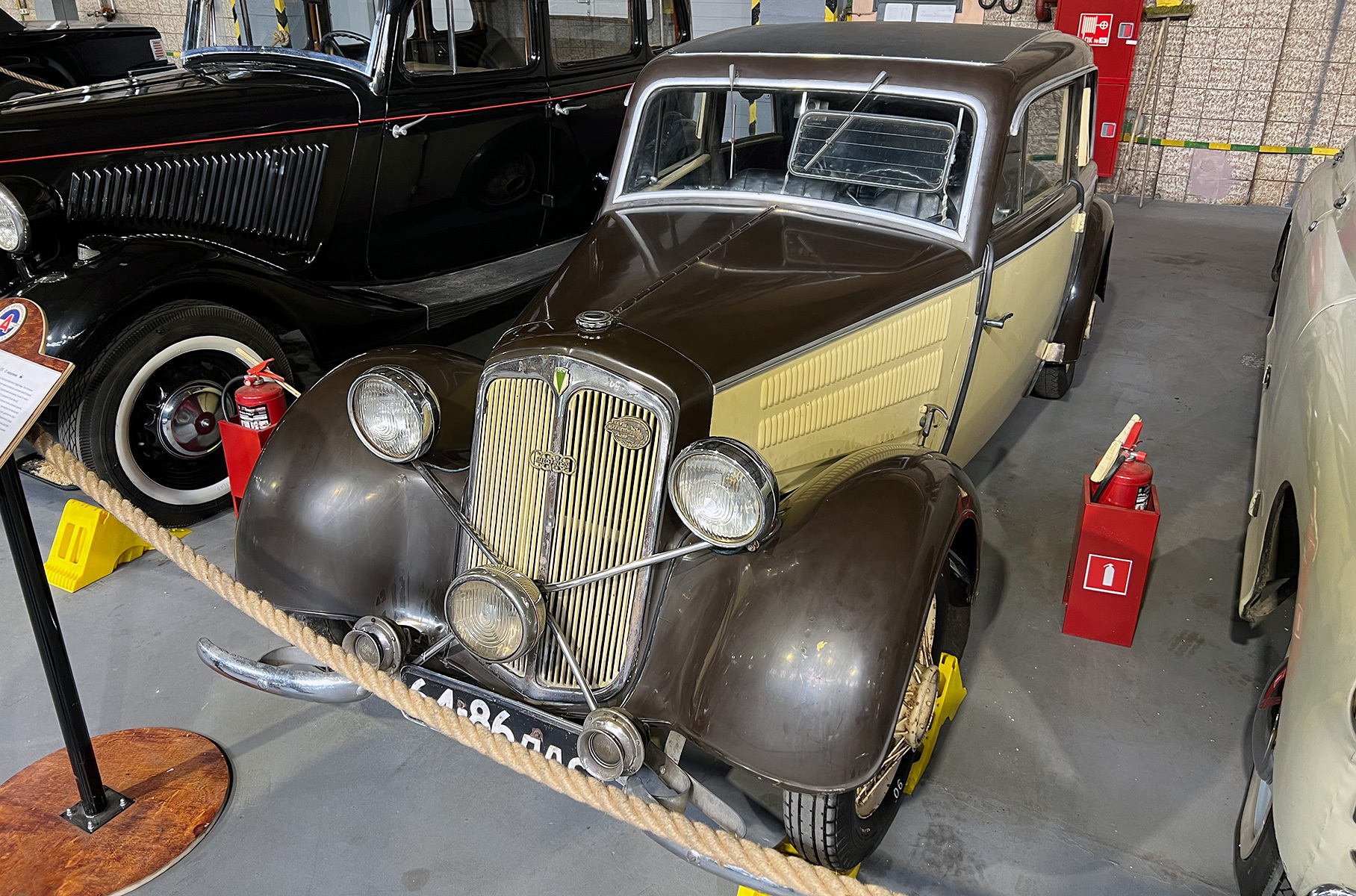 DKW cars fell into the Soviet Union as reparations. How many of them were imported, today it is quite difficult to evaluate. And in total, about 80 thousand copies of the F8 model were collected during the release.
DKW cars fell into the Soviet Union as reparations. How many of them were imported, today it is quite difficult to evaluate. And in total, about 80 thousand copies of the F8 model were collected during the release.
Motor.ru 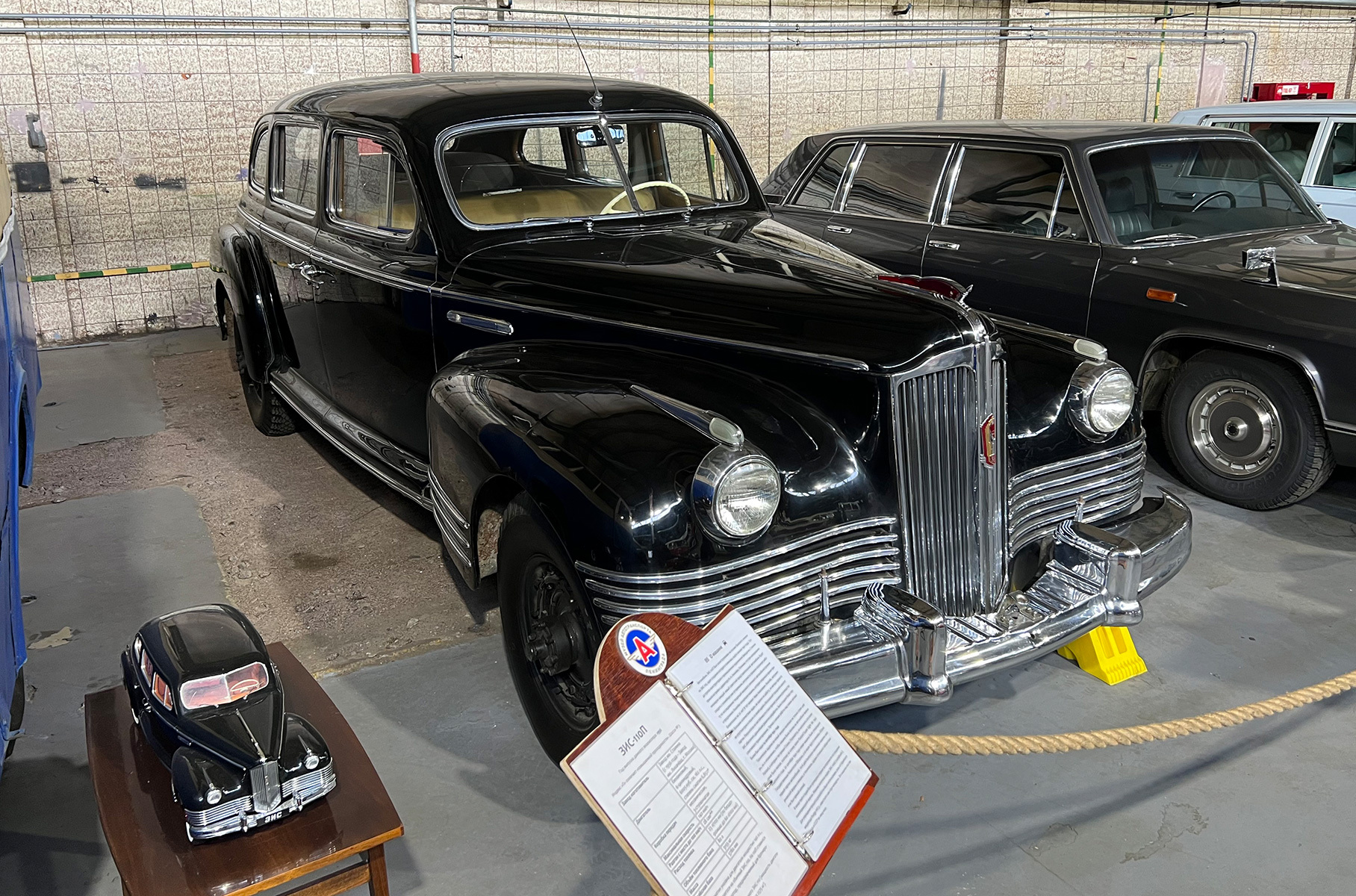 ZIS 110p, 1956. This is the only all -wheel drive limousine of high cross -country ability built on the basis of ZIS 110. It began to be developed in the late 1940s as a car on which the head of state will be able to drive in rural areas. Not sure that such a request came from Stalin. And the work soon stopped to resume only under Khrushchev. Khrushchev really traveled around the countryside and hunting for all -wheel drive ZIS. In addition, the limousine built at least one convertible. The patency of the model was unimportant. A 235 mm clearance is good, but not with such a huge wheelbase (3.78 m!) And not with such a modest power supply: 162 hp. for 3.2 tons.
ZIS 110p, 1956. This is the only all -wheel drive limousine of high cross -country ability built on the basis of ZIS 110. It began to be developed in the late 1940s as a car on which the head of state will be able to drive in rural areas. Not sure that such a request came from Stalin. And the work soon stopped to resume only under Khrushchev. Khrushchev really traveled around the countryside and hunting for all -wheel drive ZIS. In addition, the limousine built at least one convertible. The patency of the model was unimportant. A 235 mm clearance is good, but not with such a huge wheelbase (3.78 m!) And not with such a modest power supply: 162 hp. for 3.2 tons.
Motor.ru 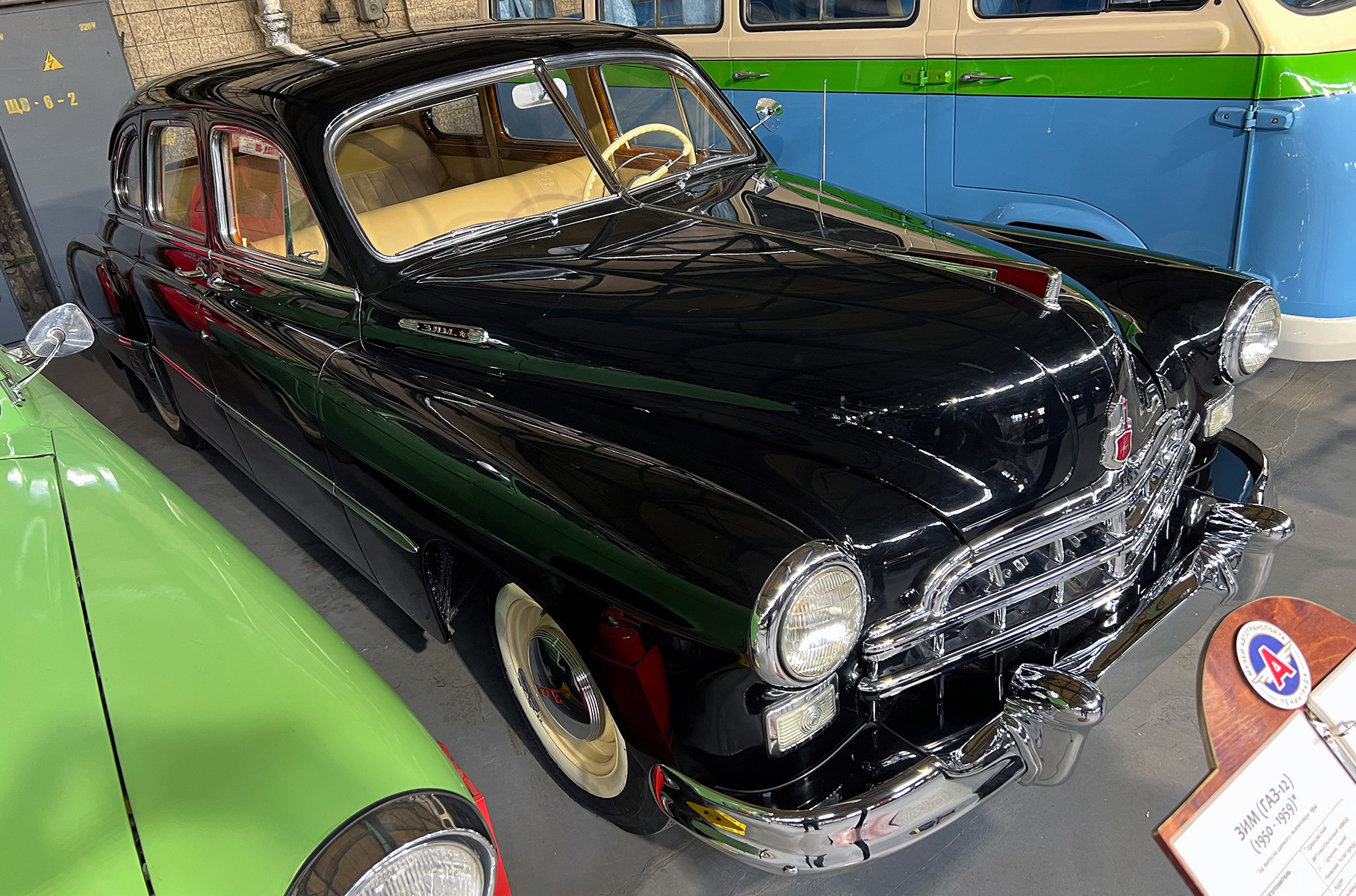 Winter. A car without an index and with two different names – and all this is political, but not at all for technical reasons. This year, the famous Soviet sedan marks 75 years. We recommend reading ours [подробную статью](https://motor.ru/stories/the-history-of-zim.htm) about him.
Winter. A car without an index and with two different names – and all this is political, but not at all for technical reasons. This year, the famous Soviet sedan marks 75 years. We recommend reading ours [подробную статью](https://motor.ru/stories/the-history-of-zim.htm) about him.
Motor.ru 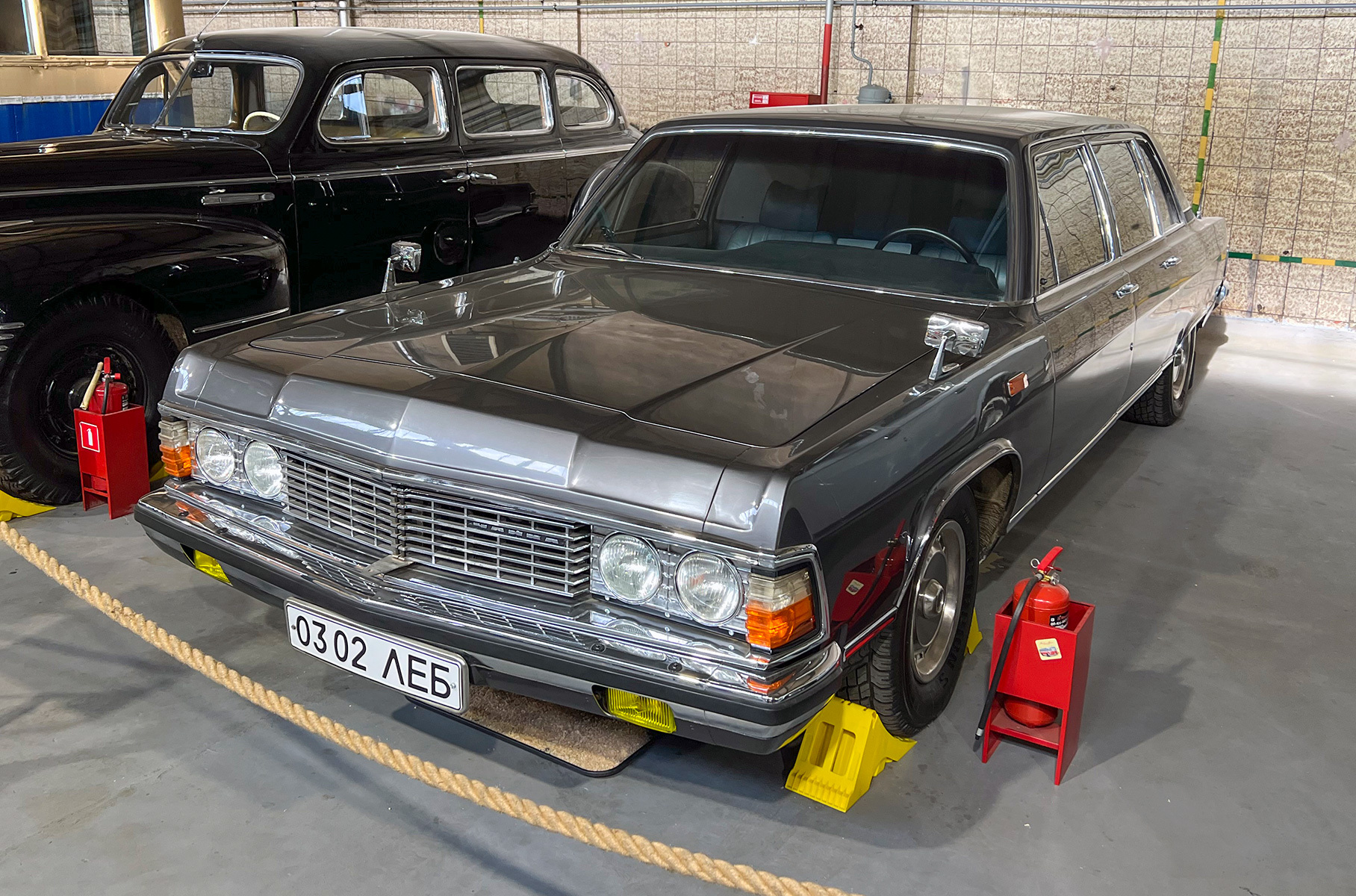 There is no usual GAZ-13 “Seagull” in the museum. But there is one, GAZ-14. And this non -Western color is very suitable for her. GAZ-14 was produced from 1977 to 1988, but the car looks older than its era. On the one hand, because they developed a representative sedan since 1967, on the other, because they wanted to avoid frankly fashionable stylistic solutions that could quickly become obsolete. Alas, the second generation of “Seagulls” is difficult to name, and it’s not about details, but not the most successful proportions. The GAZ-14 did not carry the first persons, but it was not sold to the ordinary workers. Its passengers are ministers of the Union republics, large directors, commanders of military districts. During the official visits, the Seagulls was accompanied by armored zila maximum …
There is no usual GAZ-13 “Seagull” in the museum. But there is one, GAZ-14. And this non -Western color is very suitable for her. GAZ-14 was produced from 1977 to 1988, but the car looks older than its era. On the one hand, because they developed a representative sedan since 1967, on the other, because they wanted to avoid frankly fashionable stylistic solutions that could quickly become obsolete. Alas, the second generation of “Seagulls” is difficult to name, and it’s not about details, but not the most successful proportions. The GAZ-14 did not carry the first persons, but it was not sold to the ordinary workers. Its passengers are ministers of the Union republics, large directors, commanders of military districts. During the official visits, the Seagulls was accompanied by armored zila maximum …
Motor.ru 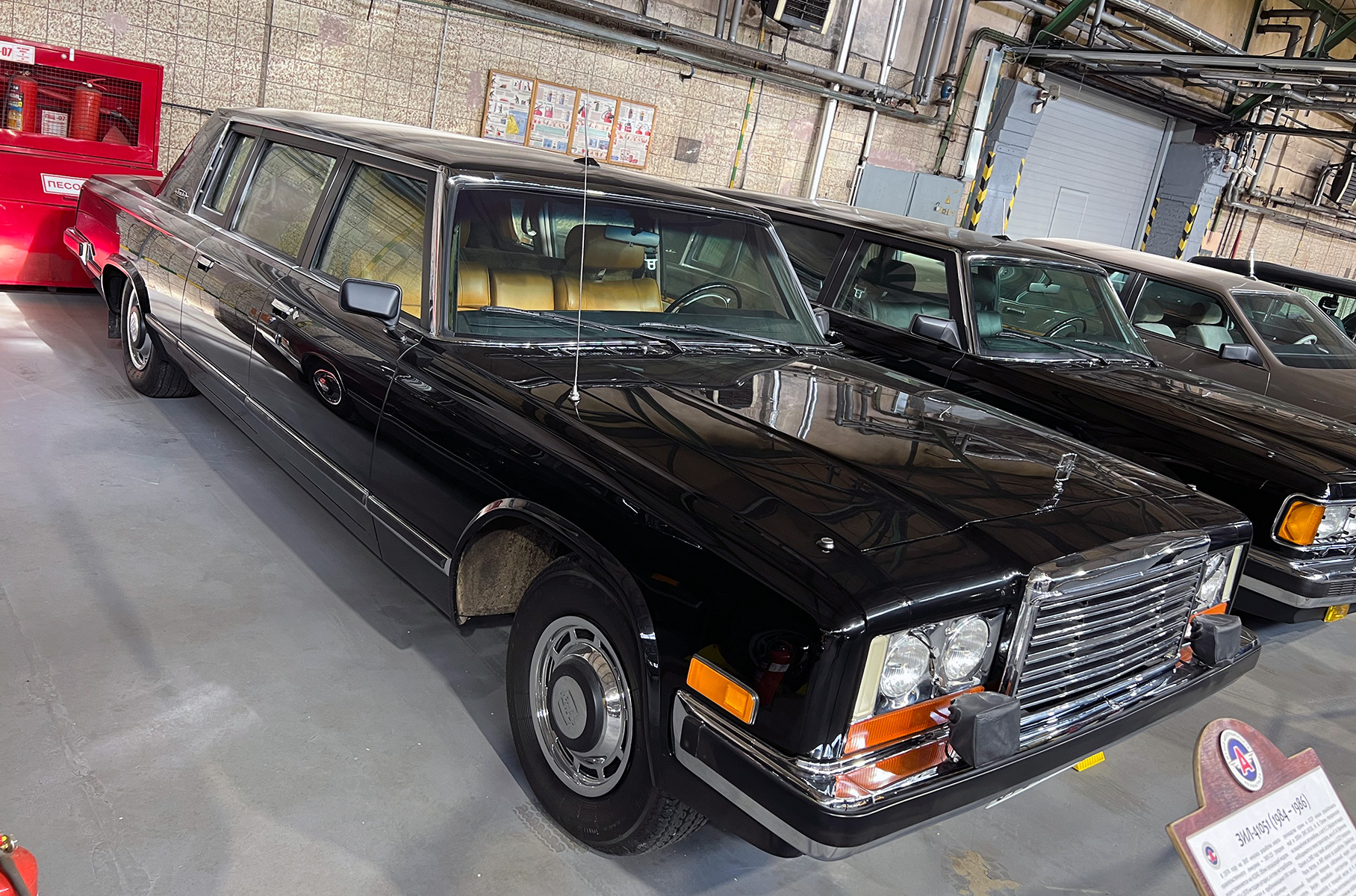 … and there are several Zilov in the exposition. This is the 41051 model (1984–1986) – armored, outwardly identical to Zilu 41045. We are sure that these complex indices do not embarrass the lovers of Soviet machines, but only intrigue. Huge limousines (more than 6.3 meters in length!) Were built around an armored capsule. The thickness of the side windows is 47 mm, the mass of the car is about 5.3 tons. The front doors weigh 180 kg, the rear – 150 each. In total, only 10 ZIL 41051 cars were built.
… and there are several Zilov in the exposition. This is the 41051 model (1984–1986) – armored, outwardly identical to Zilu 41045. We are sure that these complex indices do not embarrass the lovers of Soviet machines, but only intrigue. Huge limousines (more than 6.3 meters in length!) Were built around an armored capsule. The thickness of the side windows is 47 mm, the mass of the car is about 5.3 tons. The front doors weigh 180 kg, the rear – 150 each. In total, only 10 ZIL 41051 cars were built.
Motor.ru  ZIL 41045. Actually, this car should have round headlights, as a copy on the previous slide. But … this is a transition version to the ZIL 41047 model. Perhaps, no spy would cope with such a confusion with the industrial secrets of the USSR limousines! And they, of course, were. However, the most protected information concerned the armored capsul, and we have a regular 1986 stretch-setan. According to the documents, this is still ZIL 41045, but already with the new design of the front line. Interestingly, the new rectangular headlights are suitable from the Oka.
ZIL 41045. Actually, this car should have round headlights, as a copy on the previous slide. But … this is a transition version to the ZIL 41047 model. Perhaps, no spy would cope with such a confusion with the industrial secrets of the USSR limousines! And they, of course, were. However, the most protected information concerned the armored capsul, and we have a regular 1986 stretch-setan. According to the documents, this is still ZIL 41045, but already with the new design of the front line. Interestingly, the new rectangular headlights are suitable from the Oka.
Motor.ru 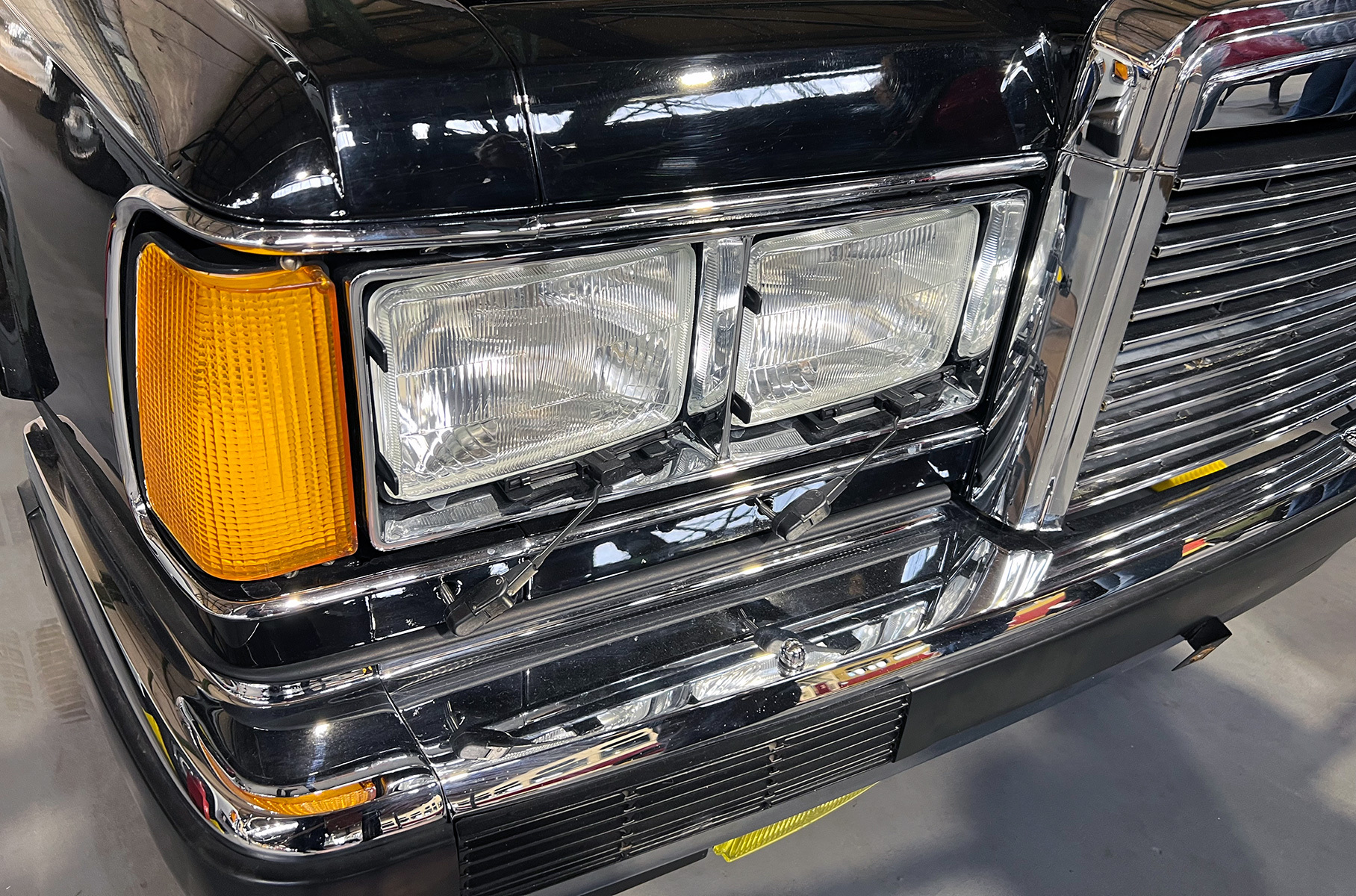 Rounders are hidden below the headlights
Rounders are hidden below the headlights
Motor.ru 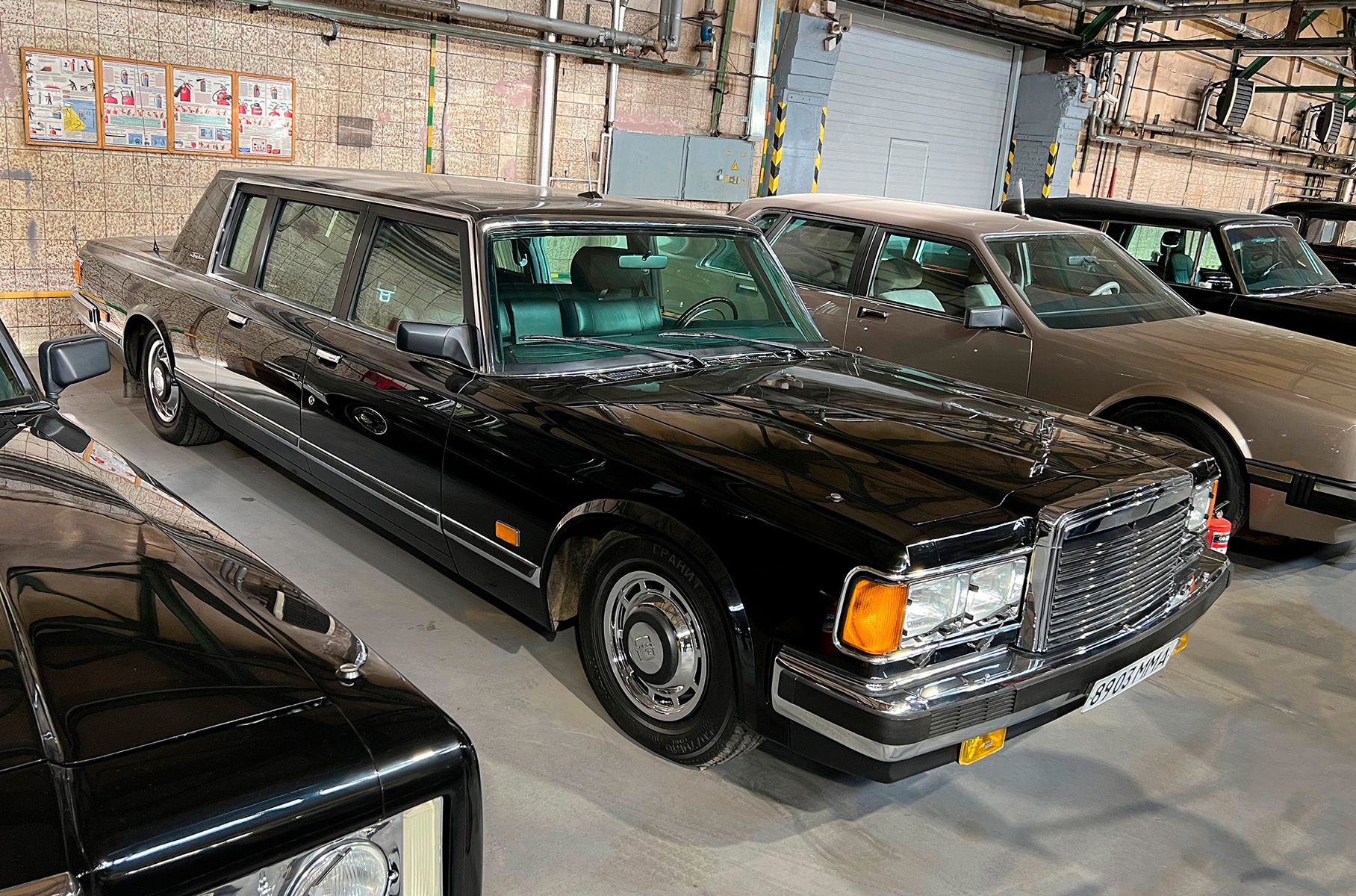 ZIL 41052. How, again, is it not 41047?! Yes, yes, armored cars, even if apparently corresponded to the standard models of ZIL A, had their own indices. This is the last, 14th armored limousine of the 4105 series, and it was built in 2015. Interestingly, out of 14 machines 6, they used an armored capsule again: a mobile “bunker” was rearranged from a tired car to a new one. Or, we can say, a new car was built around an armored capsule.
ZIL 41052. How, again, is it not 41047?! Yes, yes, armored cars, even if apparently corresponded to the standard models of ZIL A, had their own indices. This is the last, 14th armored limousine of the 4105 series, and it was built in 2015. Interestingly, out of 14 machines 6, they used an armored capsule again: a mobile “bunker” was rearranged from a tired car to a new one. Or, we can say, a new car was built around an armored capsule.
Motor.ru  ZIL 4102, 1988. A promising model, which was supposed to replace the limousine 41045 and the escort machine 41041, has been developed from the mid-1980s. They built only two shortened prototype. The design was completely new: a supporting body, an independent spring suspension instead of bridges and springs, part of the body panels made of fiberglass … More about a unique machine [в своем видео](https://motor.ru/lab/poslednii-limuzin-sssr.htm) said Alexei Zhutikov. We recommend it!
ZIL 4102, 1988. A promising model, which was supposed to replace the limousine 41045 and the escort machine 41041, has been developed from the mid-1980s. They built only two shortened prototype. The design was completely new: a supporting body, an independent spring suspension instead of bridges and springs, part of the body panels made of fiberglass … More about a unique machine [в своем видео](https://motor.ru/lab/poslednii-limuzin-sssr.htm) said Alexei Zhutikov. We recommend it!
Motor.ru 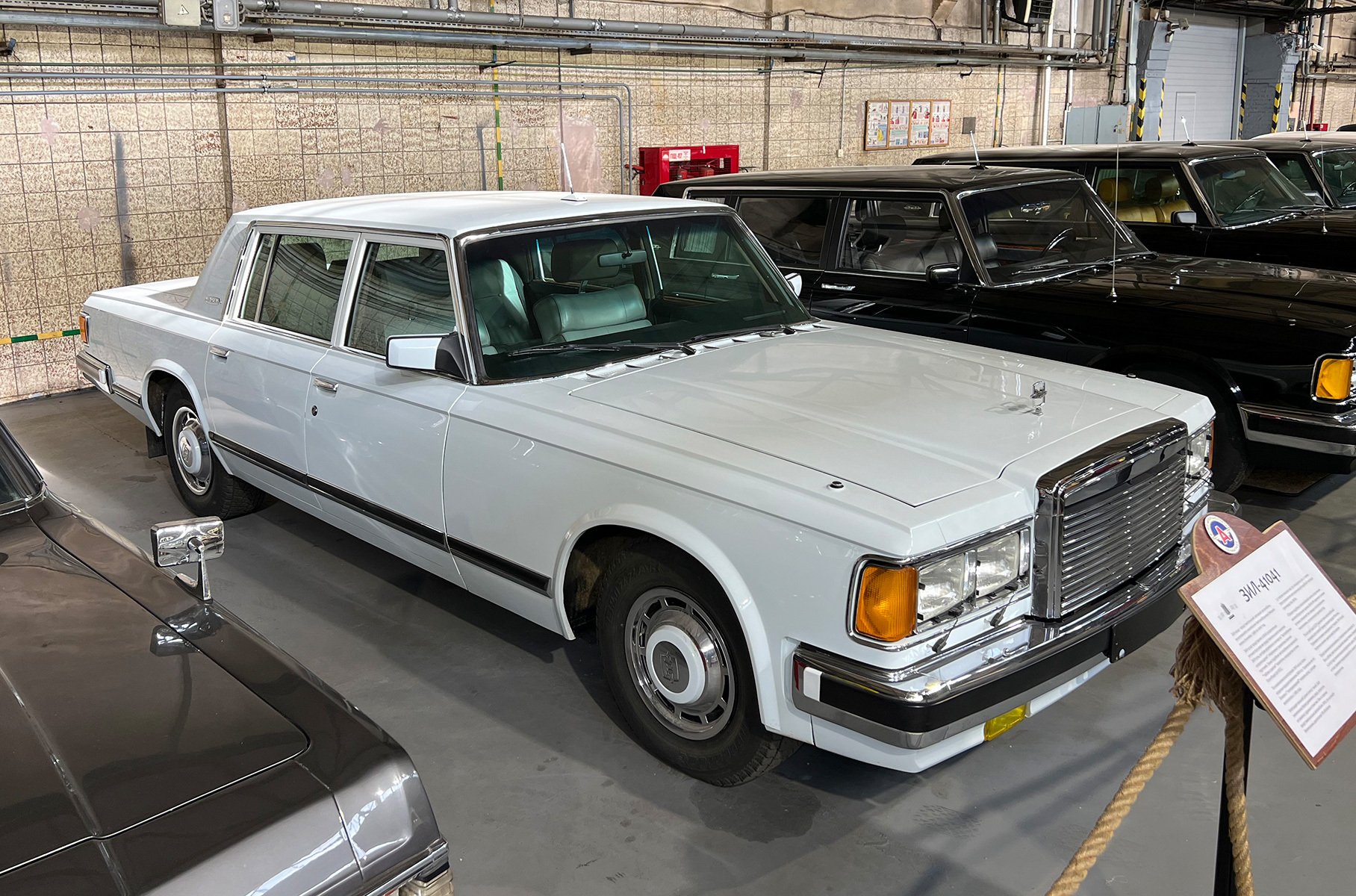 An unusual sight: a white “short” ZIL 41041. If you look closely, you can notice the side mirrors from the Mercedes of the 1990s. This instance, the 21st in a row, was assembled after the closure of the plant in 2015: the mechanical assembly shop ZIL No. 6 stood out in an independent enterprise and continued to work. And the first copies of ZIL 41041 were collected back in 1986.
An unusual sight: a white “short” ZIL 41041. If you look closely, you can notice the side mirrors from the Mercedes of the 1990s. This instance, the 21st in a row, was assembled after the closure of the plant in 2015: the mechanical assembly shop ZIL No. 6 stood out in an independent enterprise and continued to work. And the first copies of ZIL 41041 were collected back in 1986.
Motor.ru 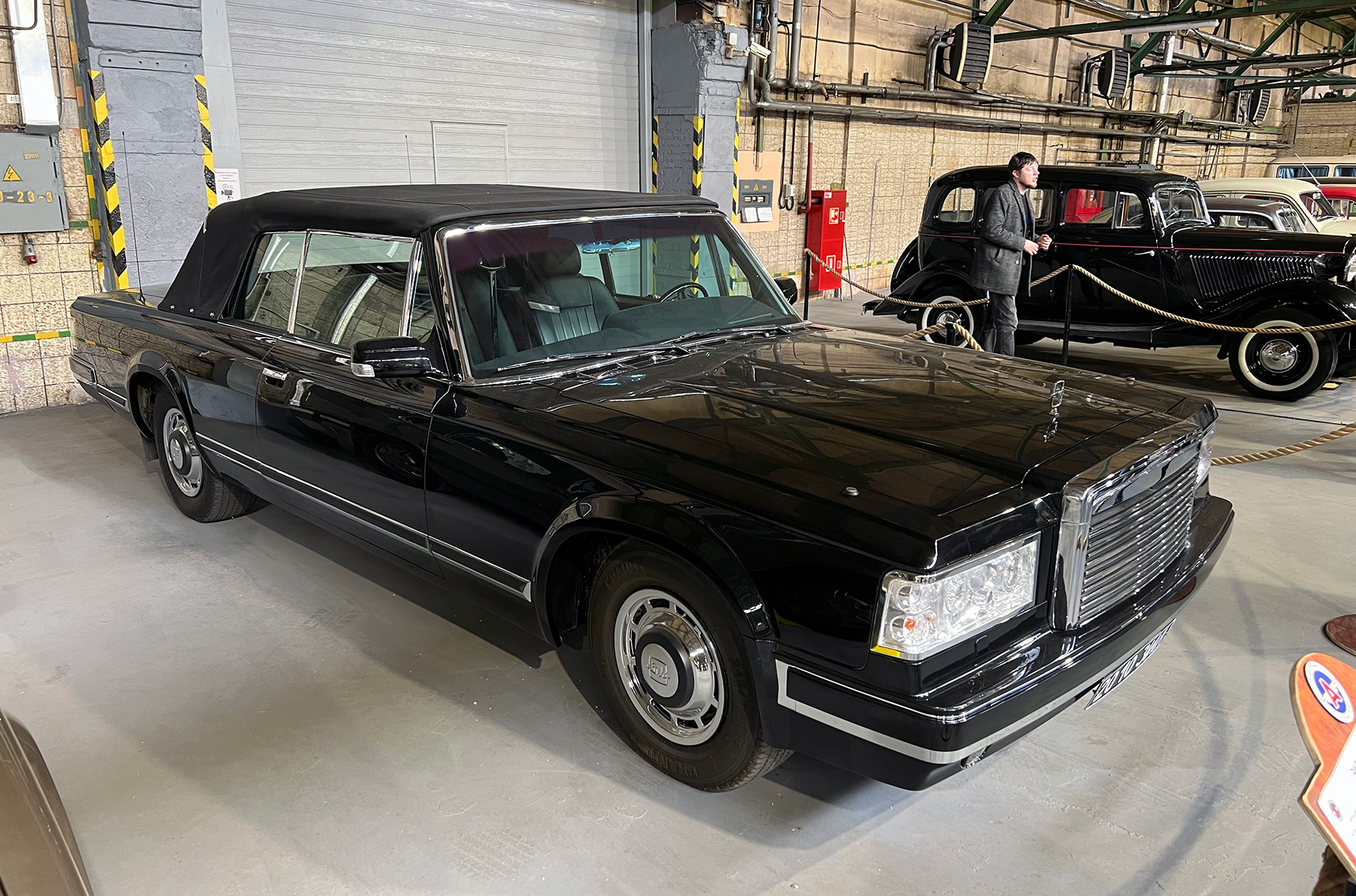 ZIL 410441 – FALLED FALL CARDEN CARROOLOT. The ZIL plant participated in the Ministry of Defense contest for new cars for the parade on the eve of the 65th anniversary of Victory. The Atelier “Atlant Delta”, which was part of the gas structure, won the Atelier then. They built convertibles on the Chevrolet Suburban units, but most carefully preserved the appearance in the ZIL 41047 style. But in Moscow they made it differently: “modernized” the optics (now it was a mistake), installed the Zilovsky V8, except with the injector, the American transmission of Allison and the German mechanism of the roof of the roof. It is known about the triplicate of ZIL 410441 – they are in private collections and museums. And in parades you can still see the Nizhny Novgorod version.
ZIL 410441 – FALLED FALL CARDEN CARROOLOT. The ZIL plant participated in the Ministry of Defense contest for new cars for the parade on the eve of the 65th anniversary of Victory. The Atelier “Atlant Delta”, which was part of the gas structure, won the Atelier then. They built convertibles on the Chevrolet Suburban units, but most carefully preserved the appearance in the ZIL 41047 style. But in Moscow they made it differently: “modernized” the optics (now it was a mistake), installed the Zilovsky V8, except with the injector, the American transmission of Allison and the German mechanism of the roof of the roof. It is known about the triplicate of ZIL 410441 – they are in private collections and museums. And in parades you can still see the Nizhny Novgorod version.
Motor.ru 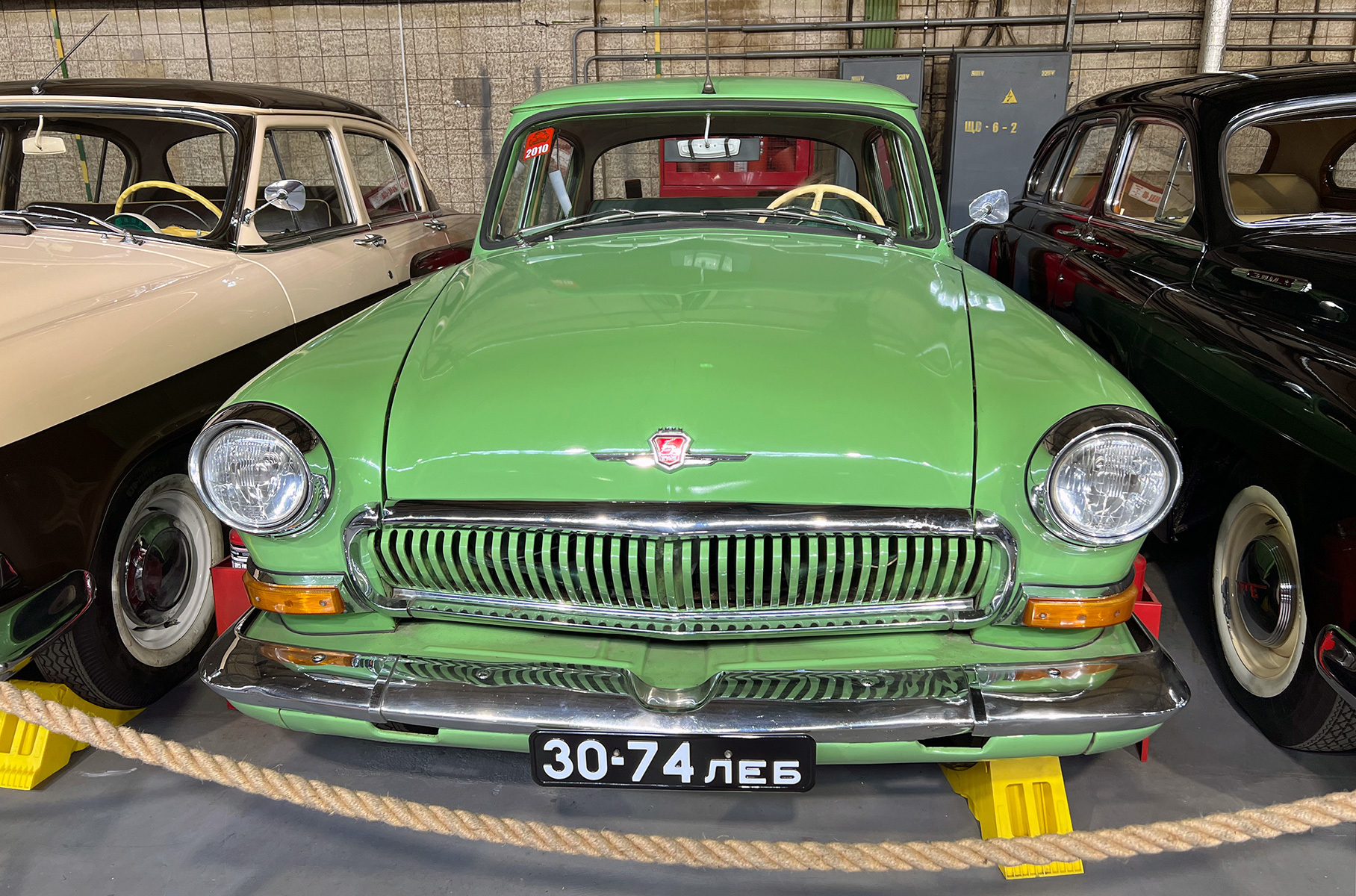 GAZ 21 “Volga” of the third series (1962–1970). It is easiest to find out by grille with narrow vertical slots, which were popularly called a “whale mustache”. Such a lattice was often painted in the color of the body, as on this copy of 1967 (we assume that it was not so cheerful green when he left the assembly line).
GAZ 21 “Volga” of the third series (1962–1970). It is easiest to find out by grille with narrow vertical slots, which were popularly called a “whale mustache”. Such a lattice was often painted in the color of the body, as on this copy of 1967 (we assume that it was not so cheerful green when he left the assembly line).
Motor.ru 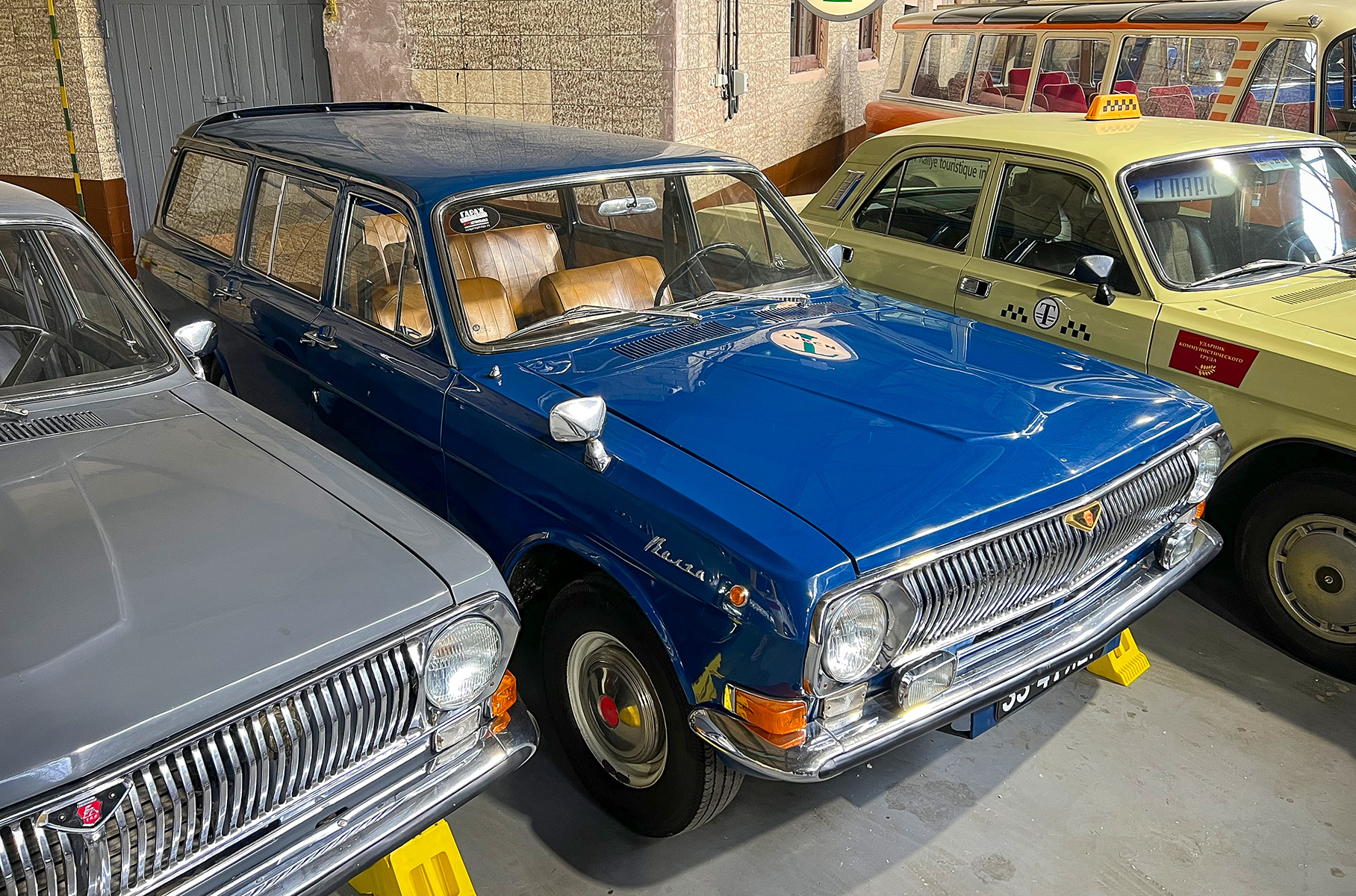 GAZ 24-02 station wagons are rare today. It is amazing that they remained at all, given that they did not want to sell the five -door six -seater Volga at all, so as not to stimulate entrepreneurial activities (which was then illegal). And why, otherwise by the Soviet workers, such a useful car in the household! The museum preserved a copy of 1978.
GAZ 24-02 station wagons are rare today. It is amazing that they remained at all, given that they did not want to sell the five -door six -seater Volga at all, so as not to stimulate entrepreneurial activities (which was then illegal). And why, otherwise by the Soviet workers, such a useful car in the household! The museum preserved a copy of 1978.
Motor.ru 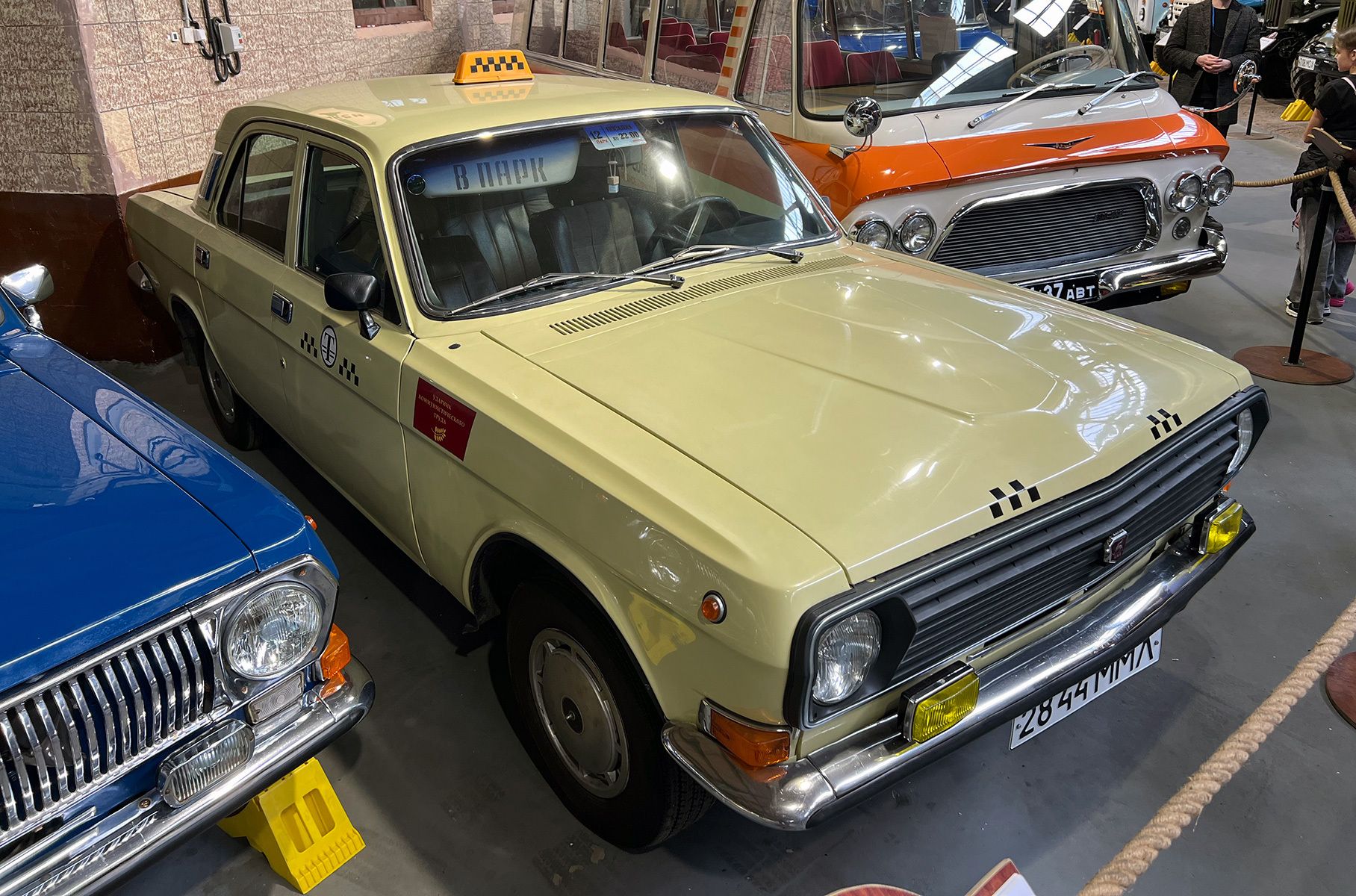 Attention, picture with sound and smell! However, this magic works only with people who caught these “Volga” gas 24-10 in the eighties and early nineties.
Attention, picture with sound and smell! However, this magic works only with people who caught these “Volga” gas 24-10 in the eighties and early nineties.
Motor.ru  RAF 977 (1959–1976) – the first mass minibus of the USSR. He was based on GAZ-21 units. From the Volga, the Riga minibus received an engine, gearbox, rear axle, front suspension. There were no such cars in private hands: they worked in a minibus and an ambulance. It was RAF 977 that replaced sanitary winters and zisa, which for this role did not suit. And the “Refictions” exported to many countries. The presented copy refers to the version of RAF 977DMU for countries with a hot climate. It was equipped with a more powerful cooling system. He also had a sliding transparent cap on the roof. Alas, on this instance of 1975 it was lost long before restoration.
RAF 977 (1959–1976) – the first mass minibus of the USSR. He was based on GAZ-21 units. From the Volga, the Riga minibus received an engine, gearbox, rear axle, front suspension. There were no such cars in private hands: they worked in a minibus and an ambulance. It was RAF 977 that replaced sanitary winters and zisa, which for this role did not suit. And the “Refictions” exported to many countries. The presented copy refers to the version of RAF 977DMU for countries with a hot climate. It was equipped with a more powerful cooling system. He also had a sliding transparent cap on the roof. Alas, on this instance of 1975 it was lost long before restoration.
Motor.ru 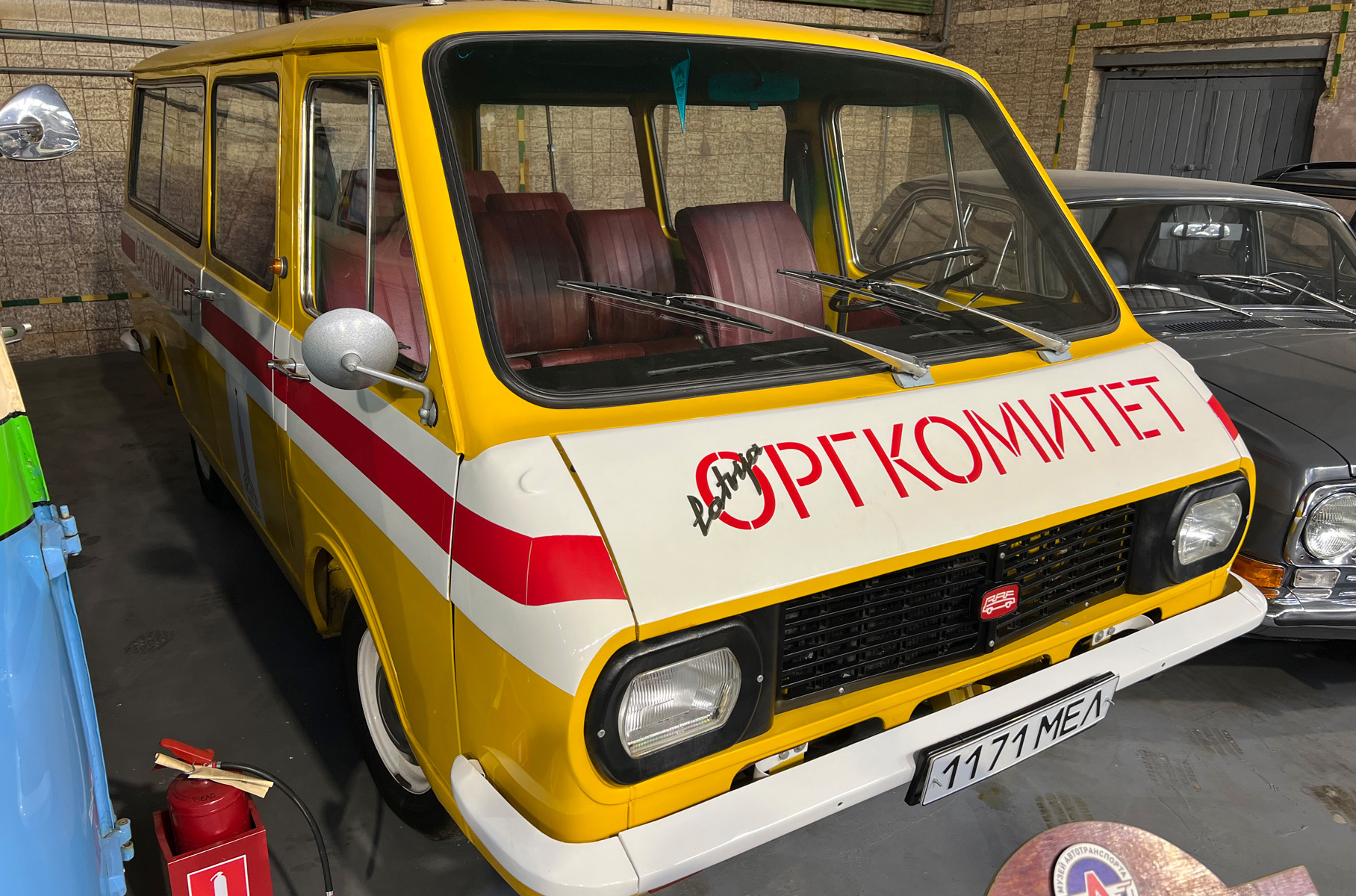 The inscription “Organizing Committee” and the Olympic coloring appeared on this RAF 2203 “Latvia” for filming [сериала Игры](https://motor.ru/reports/ 1980-Games.htm), and then remained so. Minibuses were produced in Riga from 1976 to 1987. Interestingly, on the basis of RAF 2203, Soviet power plants on hydrogen were tested. And for the 1980 Olympics, several electric judicial minibuses were built. One of them [в своем видео](https://motor.ru/lab/mysterious-garage.htm) was shown by Ilya Frolov and Alexei Zhutikov.
The inscription “Organizing Committee” and the Olympic coloring appeared on this RAF 2203 “Latvia” for filming [сериала Игры](https://motor.ru/reports/ 1980-Games.htm), and then remained so. Minibuses were produced in Riga from 1976 to 1987. Interestingly, on the basis of RAF 2203, Soviet power plants on hydrogen were tested. And for the 1980 Olympics, several electric judicial minibuses were built. One of them [в своем видео](https://motor.ru/lab/mysterious-garage.htm) was shown by Ilya Frolov and Alexei Zhutikov.
Motor.ru  ZIL 118. A 17-seater minibus with the unofficial name “Youth” is developed using components from the government [ЗИЛ-111](https://ru.wikipedia.org/wiki/%D0%97%D0%98%D0%9B-111) and V8 from the ZIL 130 truck (150 hp on low-octane gasoline). The history of ZIL 118 is amazing: the designers began to develop this model in 1959, since the special 6th workshop was unloaded by ZIL 111 limousines (only 112 pieces collected them). The GAZ-13 “Seagull” was more massive-yes, this is a luxurious car, but it was supplied not only to the nomenclature, but also to institutions, registry offices and taxis. And even if the “seagull” was huge (5.6 m of length, 3.25 m of the wheelbase), the visually similar zil 111 was even larger: the length is 6.14 m, the base was completely incredible 3.76 meters! Hence the modest circulation and the desire to use the aggregate base for the second model.
ZIL 118. A 17-seater minibus with the unofficial name “Youth” is developed using components from the government [ЗИЛ-111](https://ru.wikipedia.org/wiki/%D0%97%D0%98%D0%9B-111) and V8 from the ZIL 130 truck (150 hp on low-octane gasoline). The history of ZIL 118 is amazing: the designers began to develop this model in 1959, since the special 6th workshop was unloaded by ZIL 111 limousines (only 112 pieces collected them). The GAZ-13 “Seagull” was more massive-yes, this is a luxurious car, but it was supplied not only to the nomenclature, but also to institutions, registry offices and taxis. And even if the “seagull” was huge (5.6 m of length, 3.25 m of the wheelbase), the visually similar zil 111 was even larger: the length is 6.14 m, the base was completely incredible 3.76 meters! Hence the modest circulation and the desire to use the aggregate base for the second model.
Motor.ru 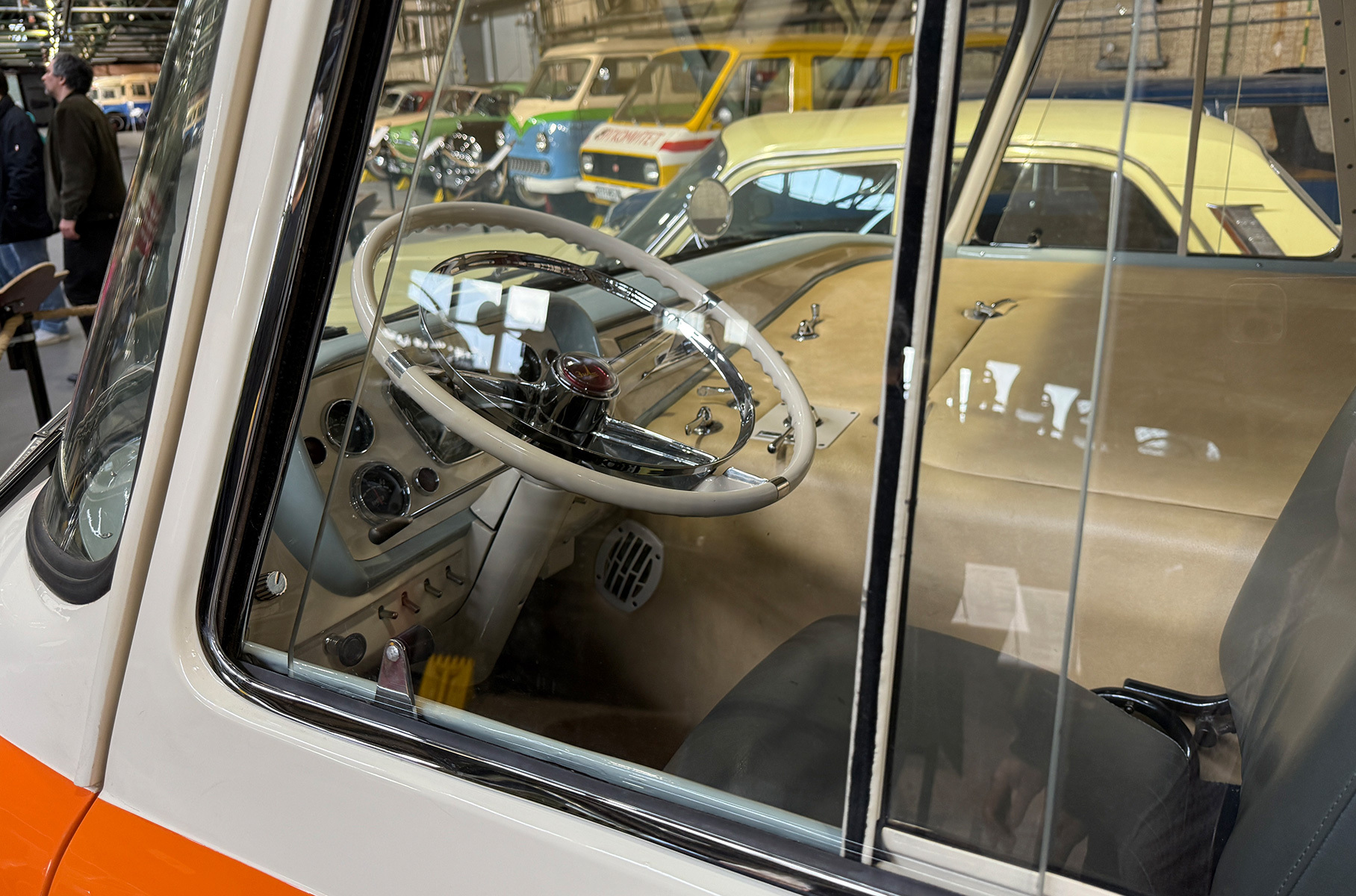 The release of ZIL 118 started in 1963. It was not even implied in mass. Nikita Khrushchev was delighted with the design of “Youth”. On international bus week in Nice in 1967, ZIL 118 received 12 awards. They claim that Henry Ford II (he visited ZIL in 1970) wanted to buy a license for the production of Yuno, but he was refused. On both episodes, only one question arises: did the jury know in Nice and did Ford realize how much minibuses were collected on the knee? Their production cannot even be called serial. Is this not the reason for both awards and refusal to sell a license?
The release of ZIL 118 started in 1963. It was not even implied in mass. Nikita Khrushchev was delighted with the design of “Youth”. On international bus week in Nice in 1967, ZIL 118 received 12 awards. They claim that Henry Ford II (he visited ZIL in 1970) wanted to buy a license for the production of Yuno, but he was refused. On both episodes, only one question arises: did the jury know in Nice and did Ford realize how much minibuses were collected on the knee? Their production cannot even be called serial. Is this not the reason for both awards and refusal to sell a license?
Motor.ru 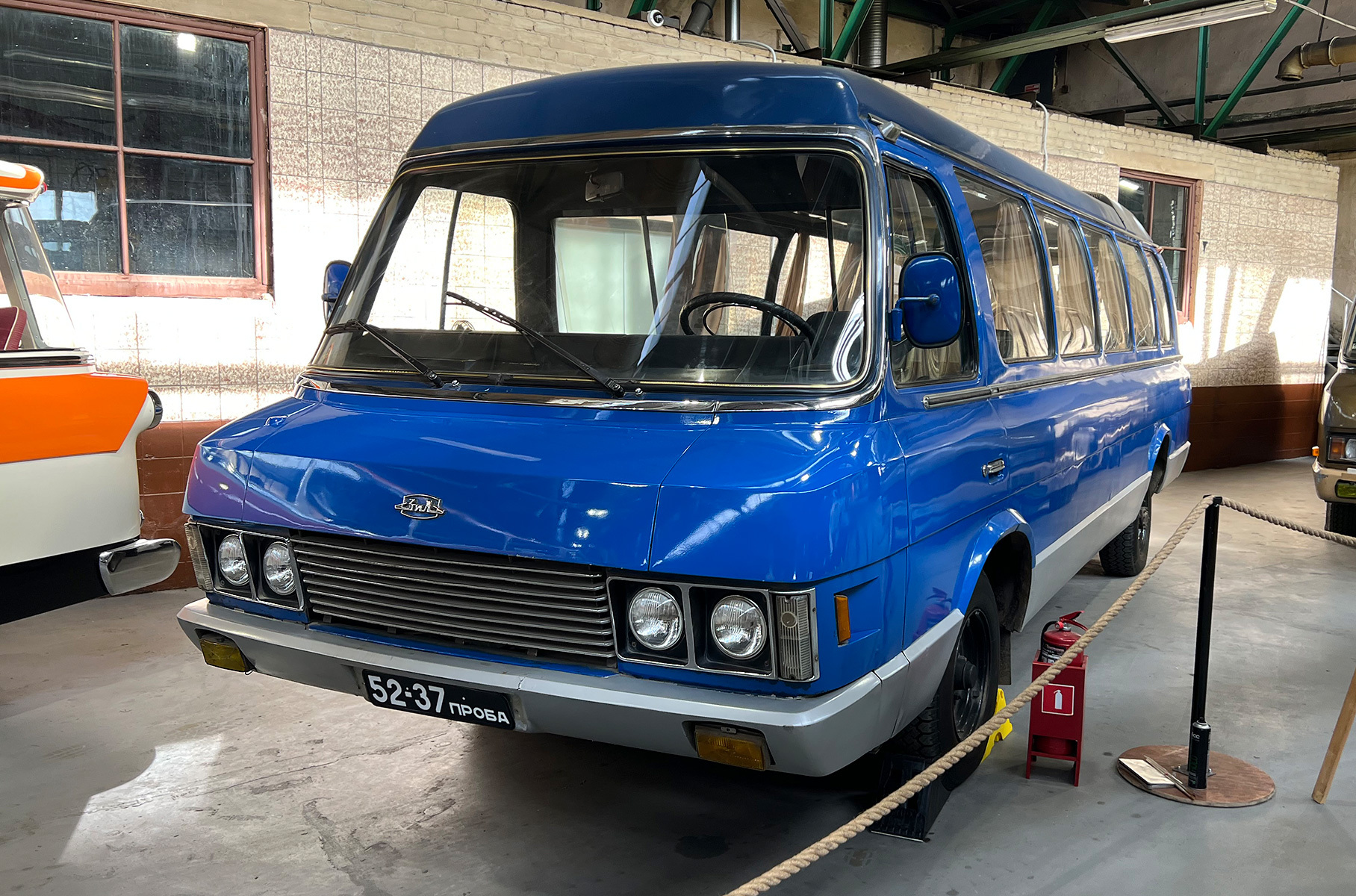 In 1970, a more modern (but hardly more aesthetic) version appeared-ZIL-118K.
In 1970, a more modern (but hardly more aesthetic) version appeared-ZIL-118K.
Motor.ru 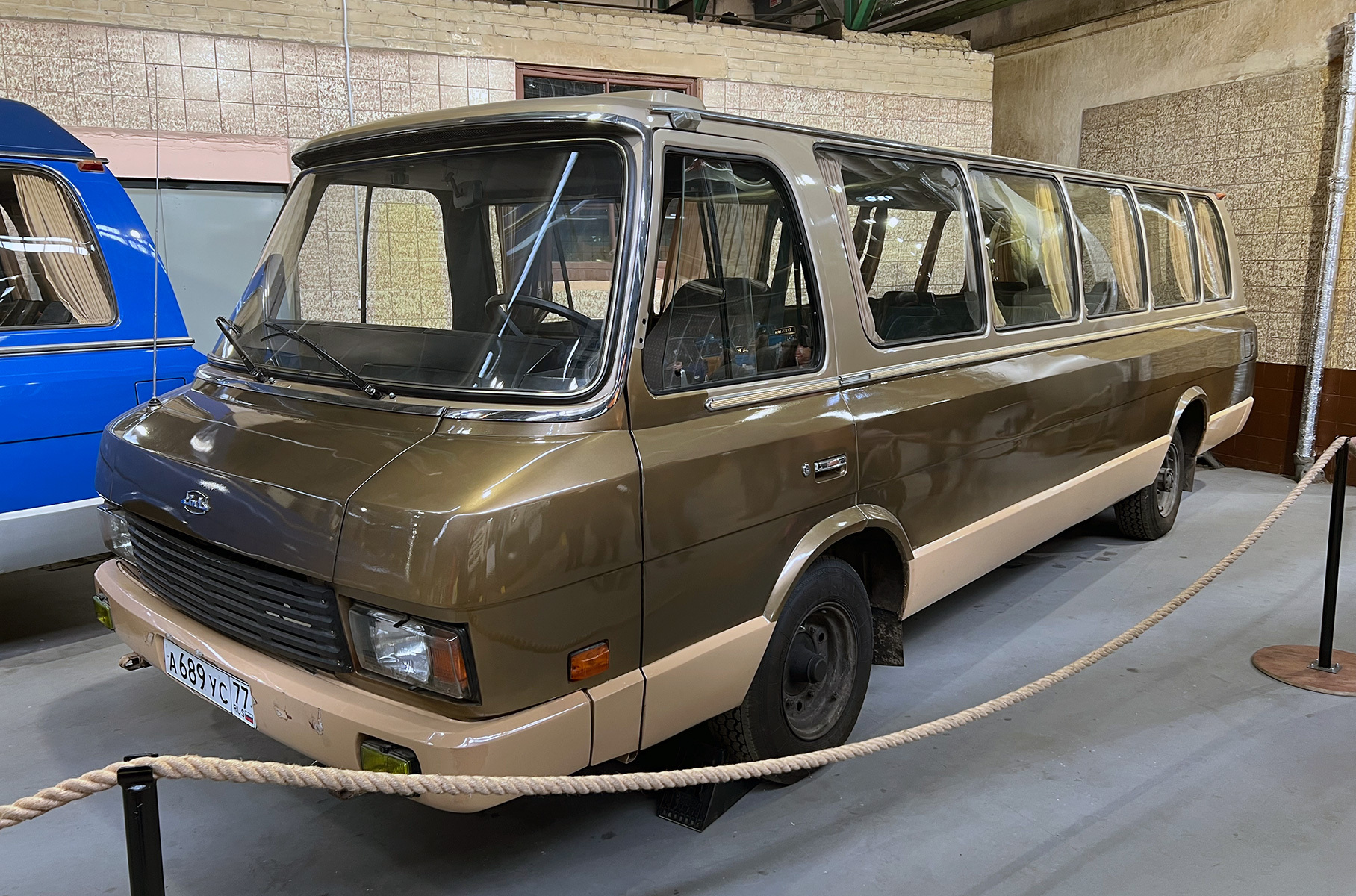 “Youth” practically did not meet on the roads. Minibuses were mainly ordered for the needs of the Government and the CPSU Central Committee. It is interesting that after the collapse of the USSR, the demand for Yunosta decreased, but the production did not stop: the last copy with the ZIL-3207 index was released on June 8, 1998.
“Youth” practically did not meet on the roads. Minibuses were mainly ordered for the needs of the Government and the CPSU Central Committee. It is interesting that after the collapse of the USSR, the demand for Yunosta decreased, but the production did not stop: the last copy with the ZIL-3207 index was released on June 8, 1998.
Motor.ru
The Center for the History of Leningrad Road Transport is the carefully preserved and restored milestones of Soviet automobile history, which settled in the territory of the current bus park. The passenger collection contains a variety of cars from modest Muscovites to government limousines ZIL of the latest years of release.
